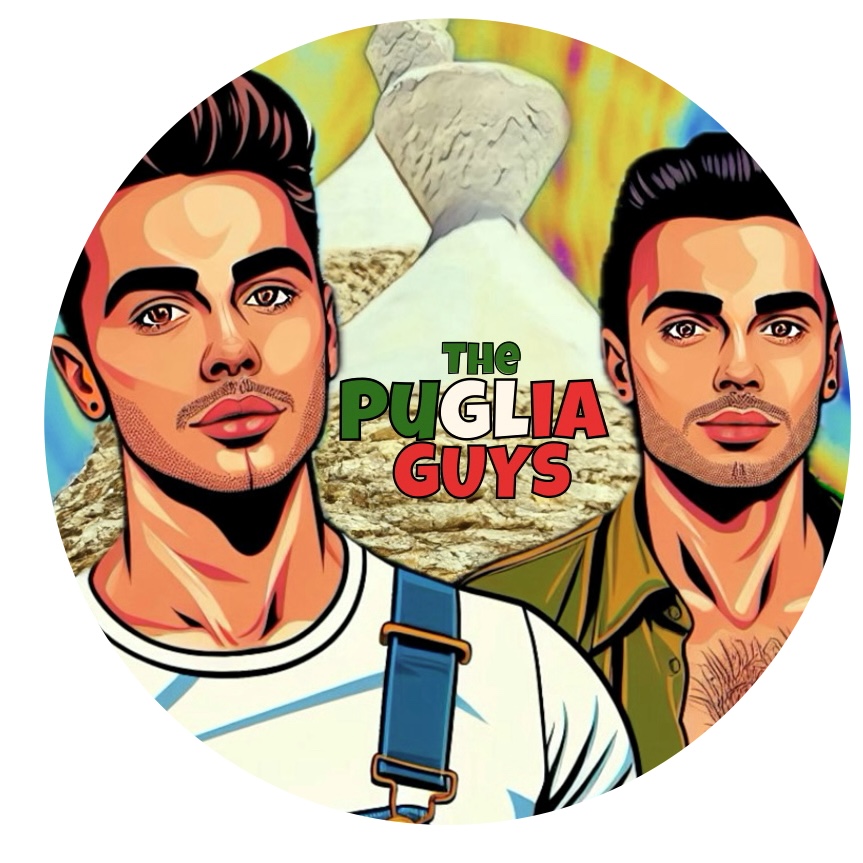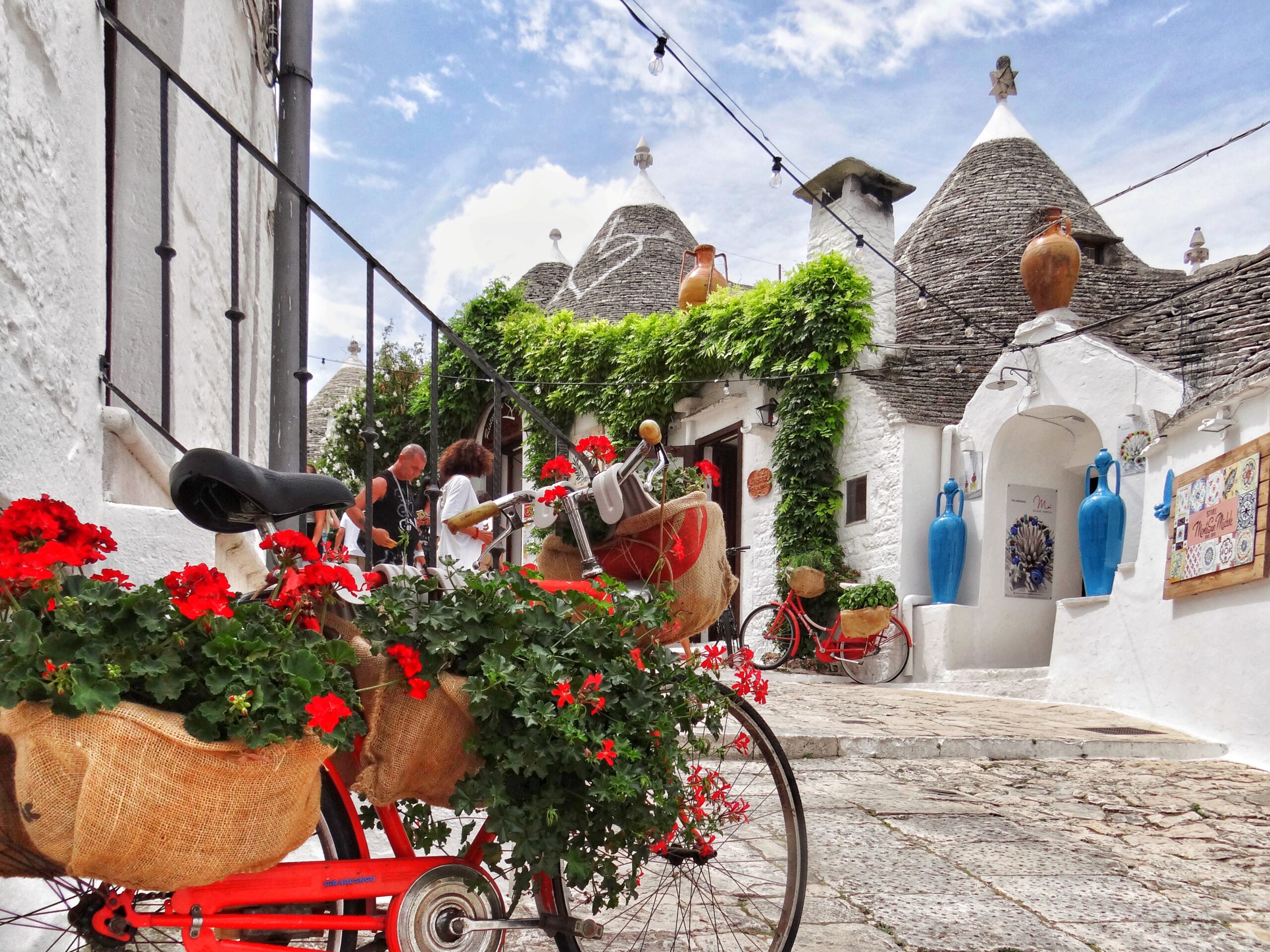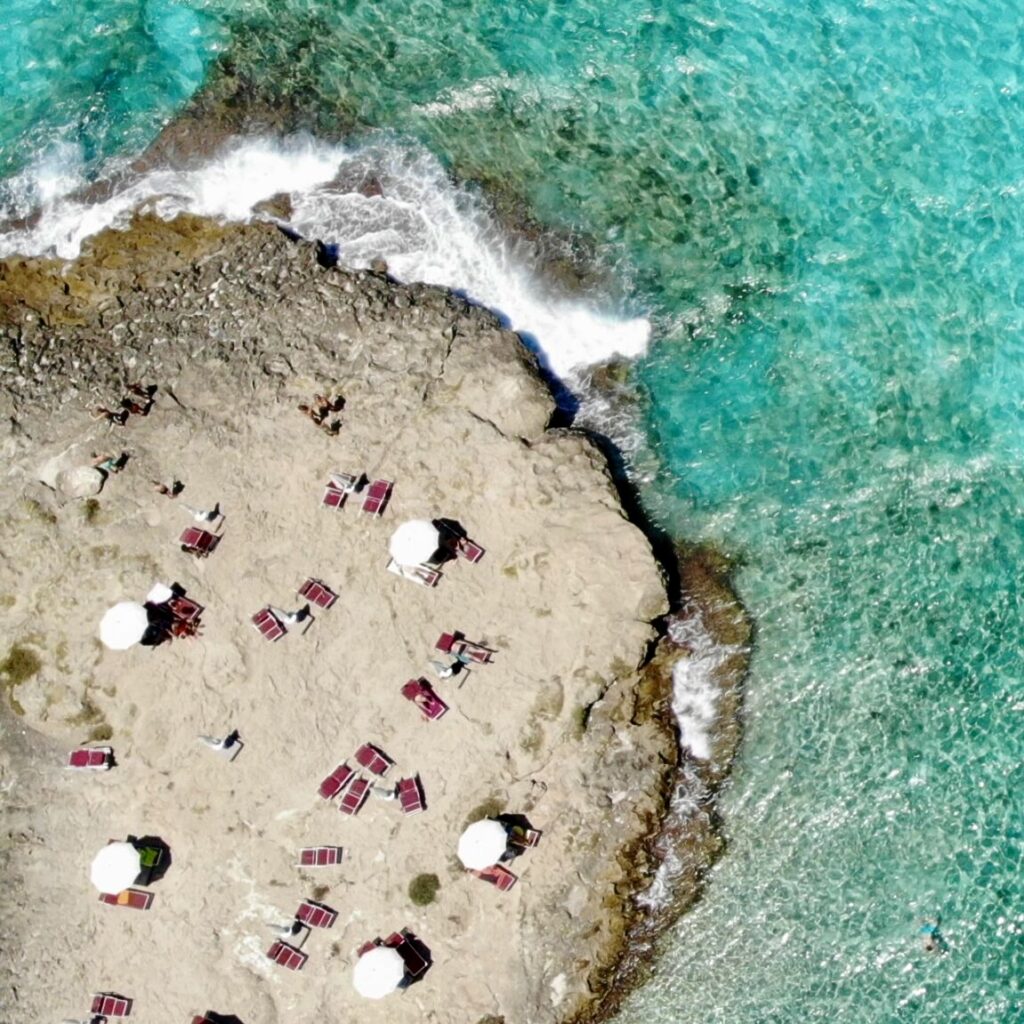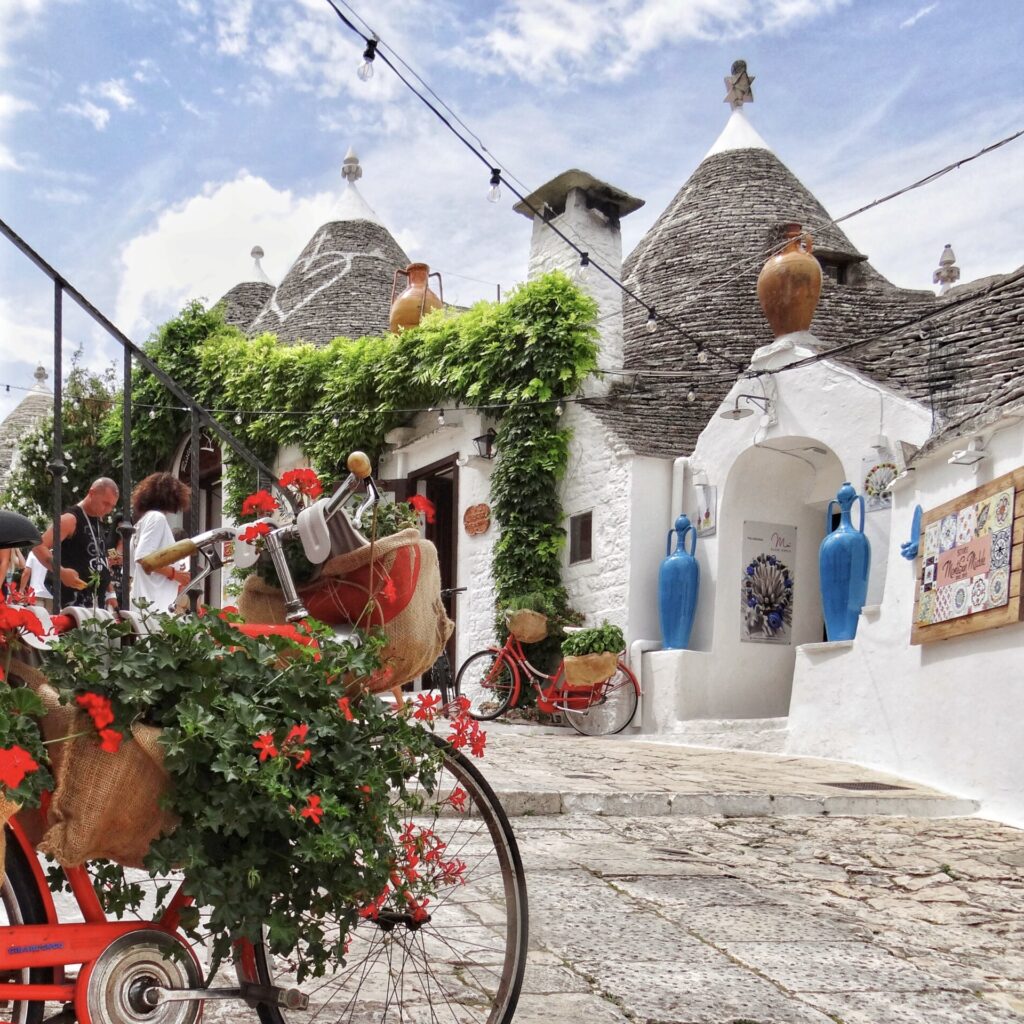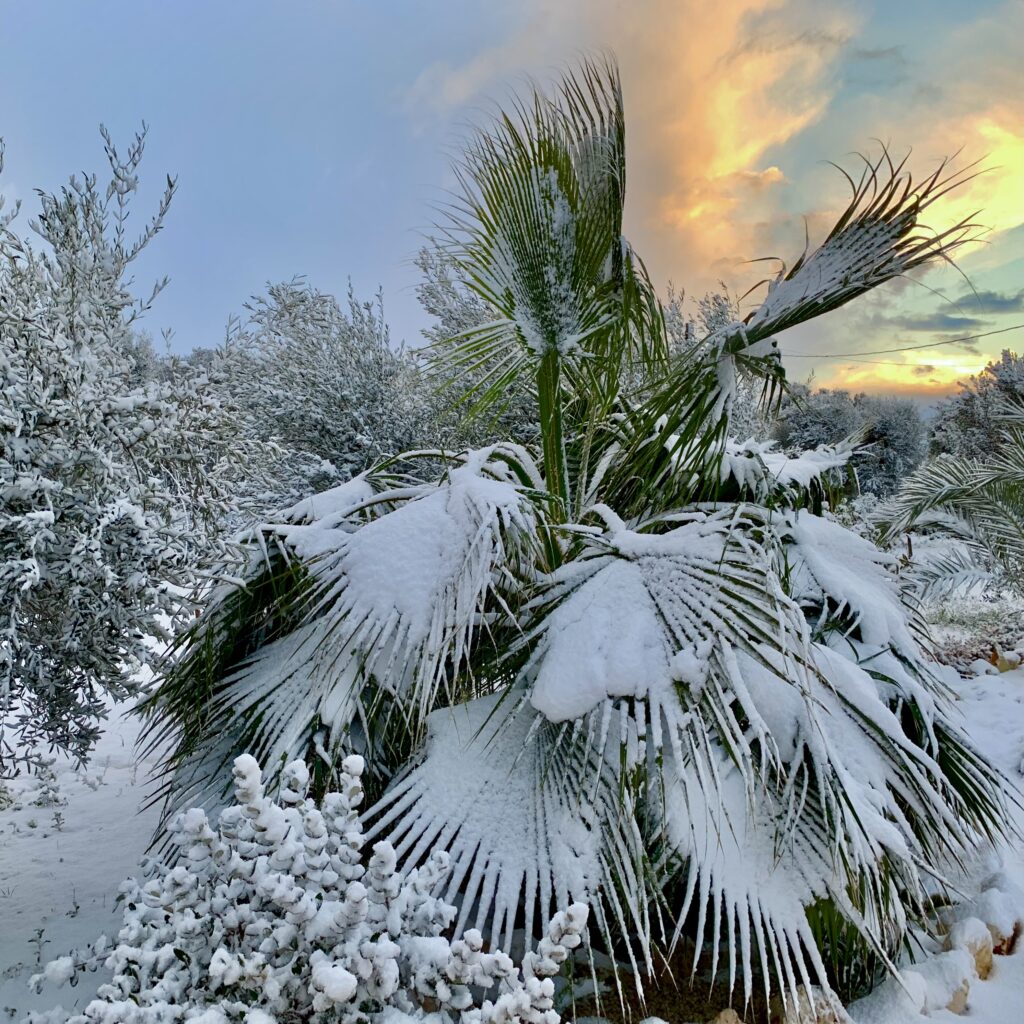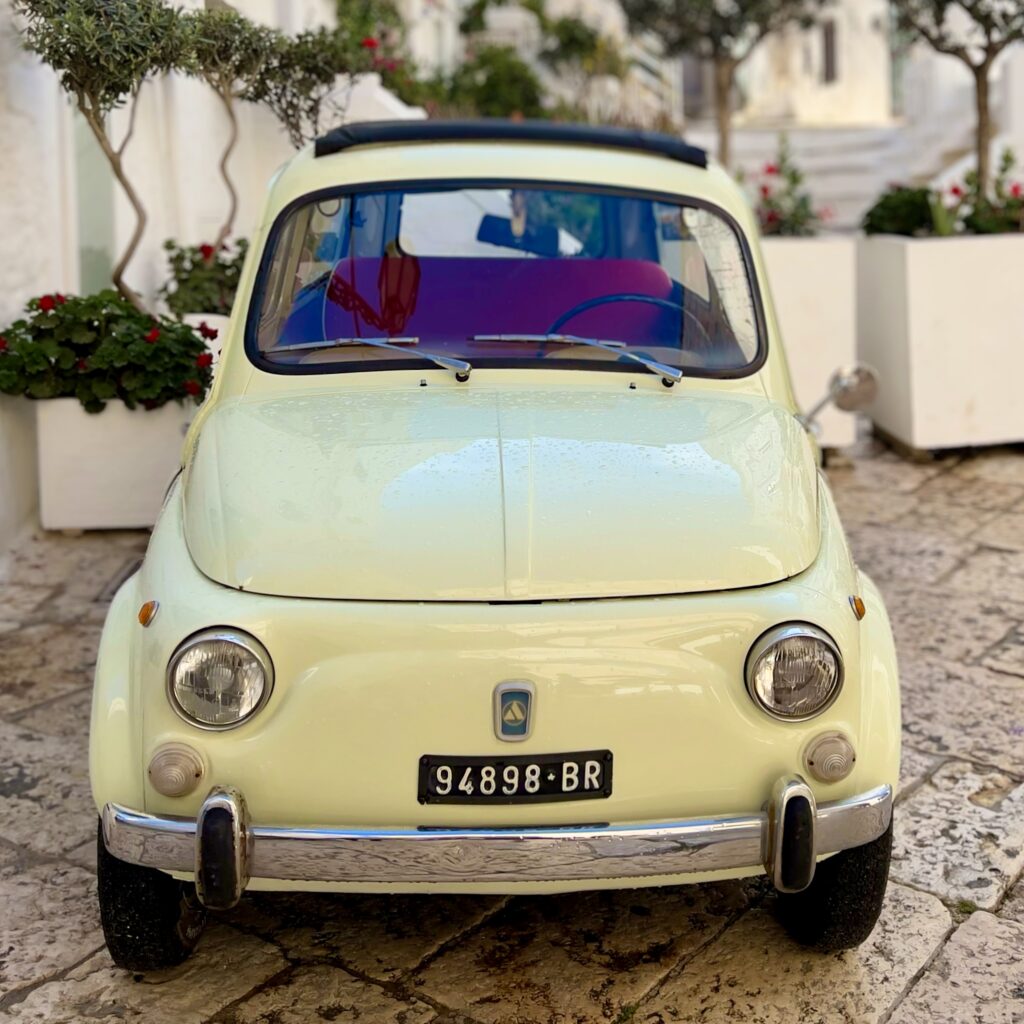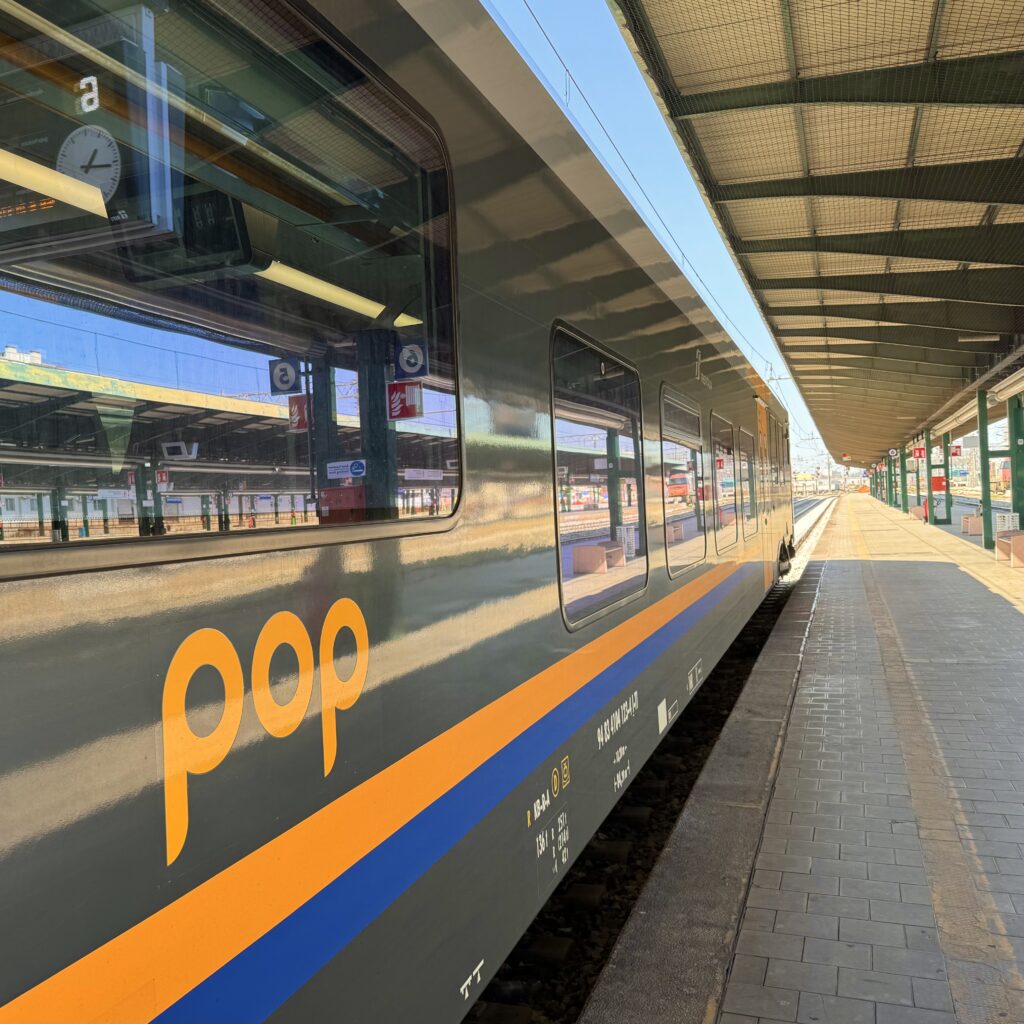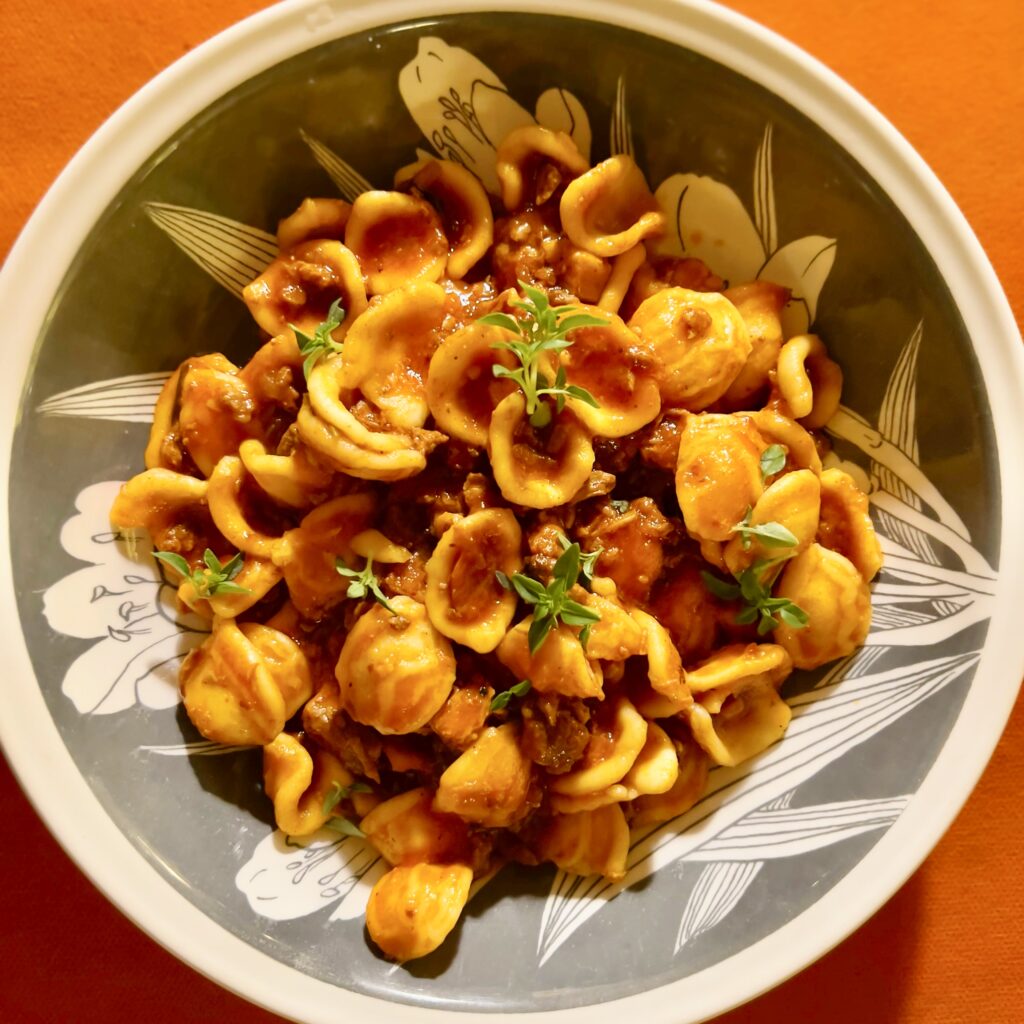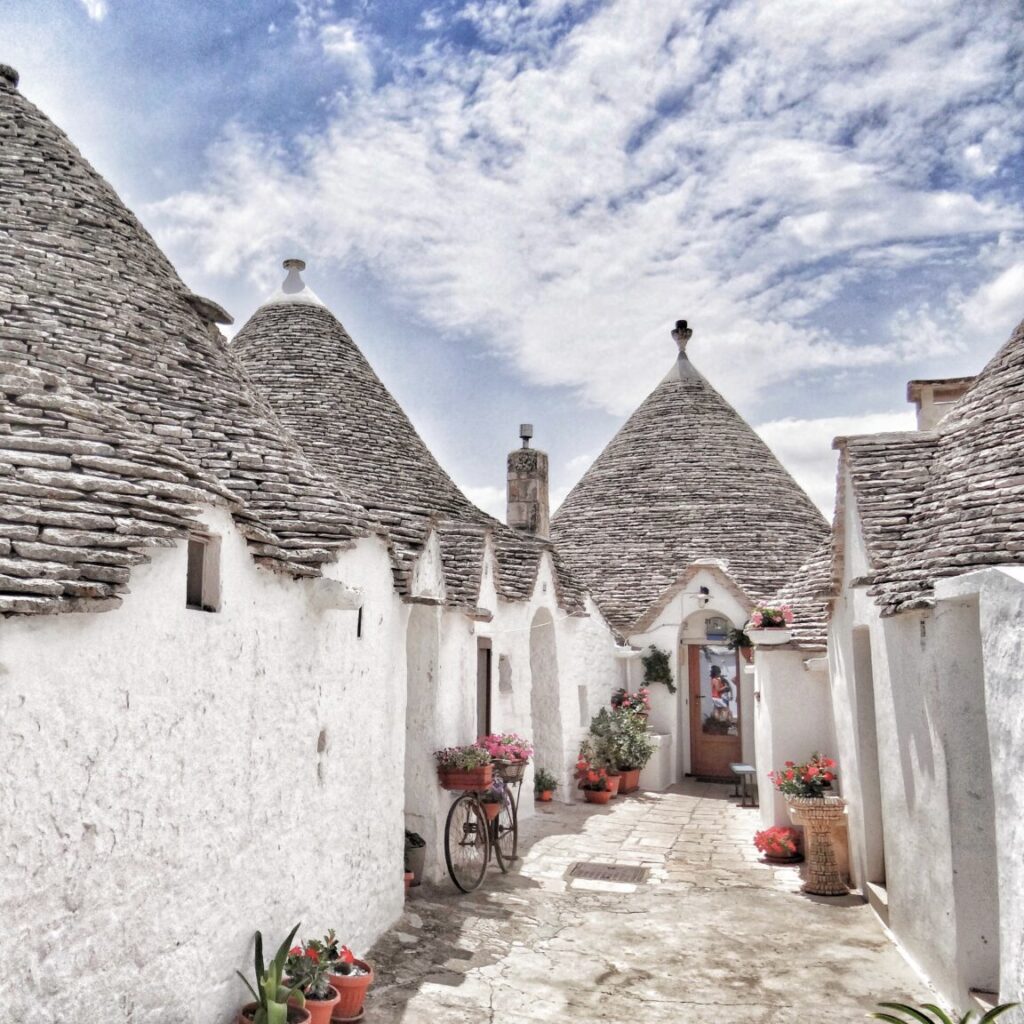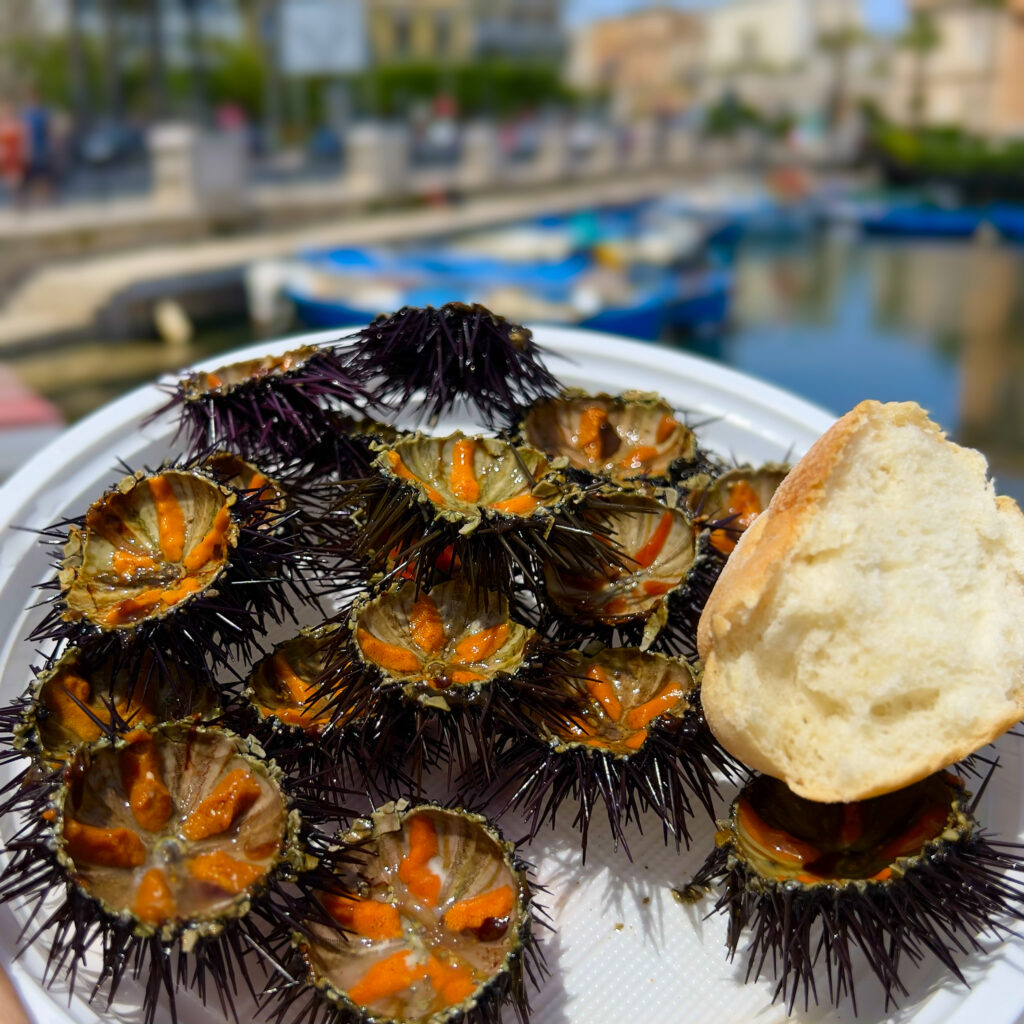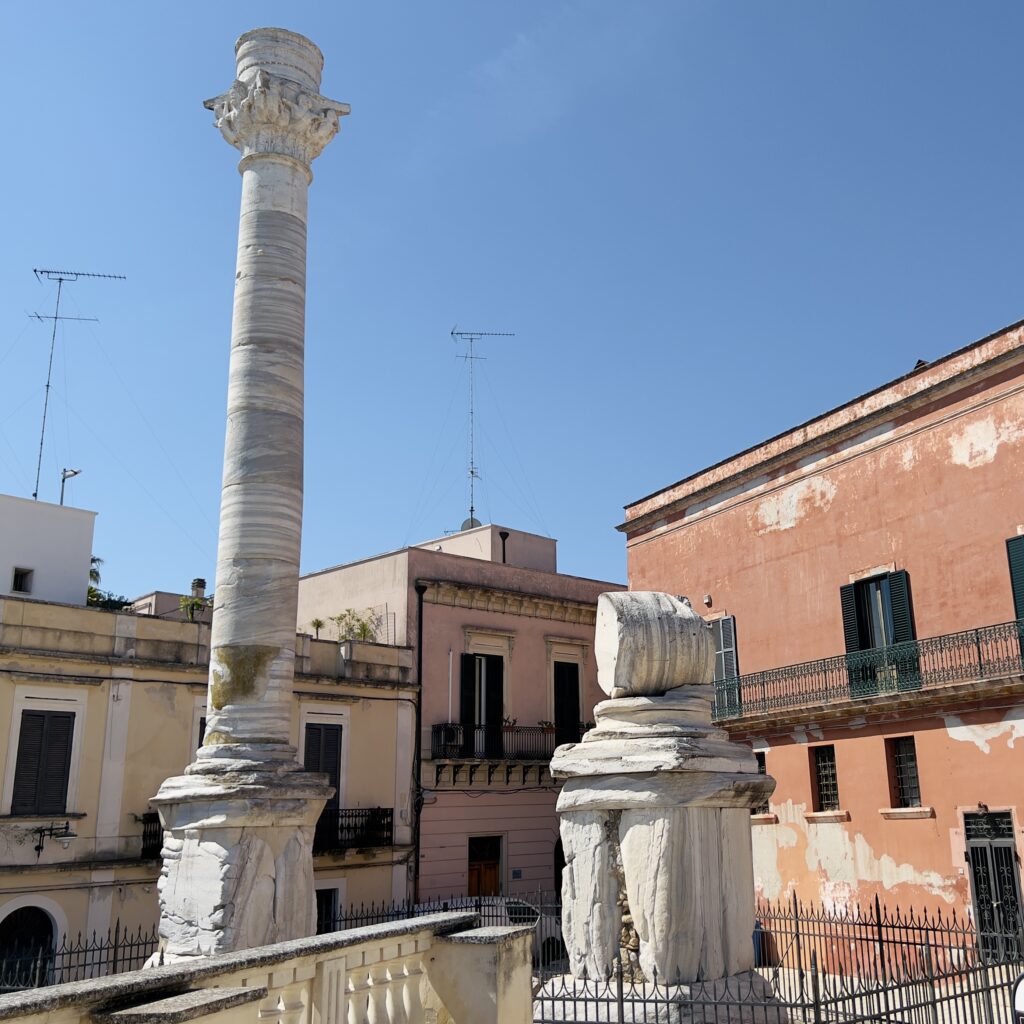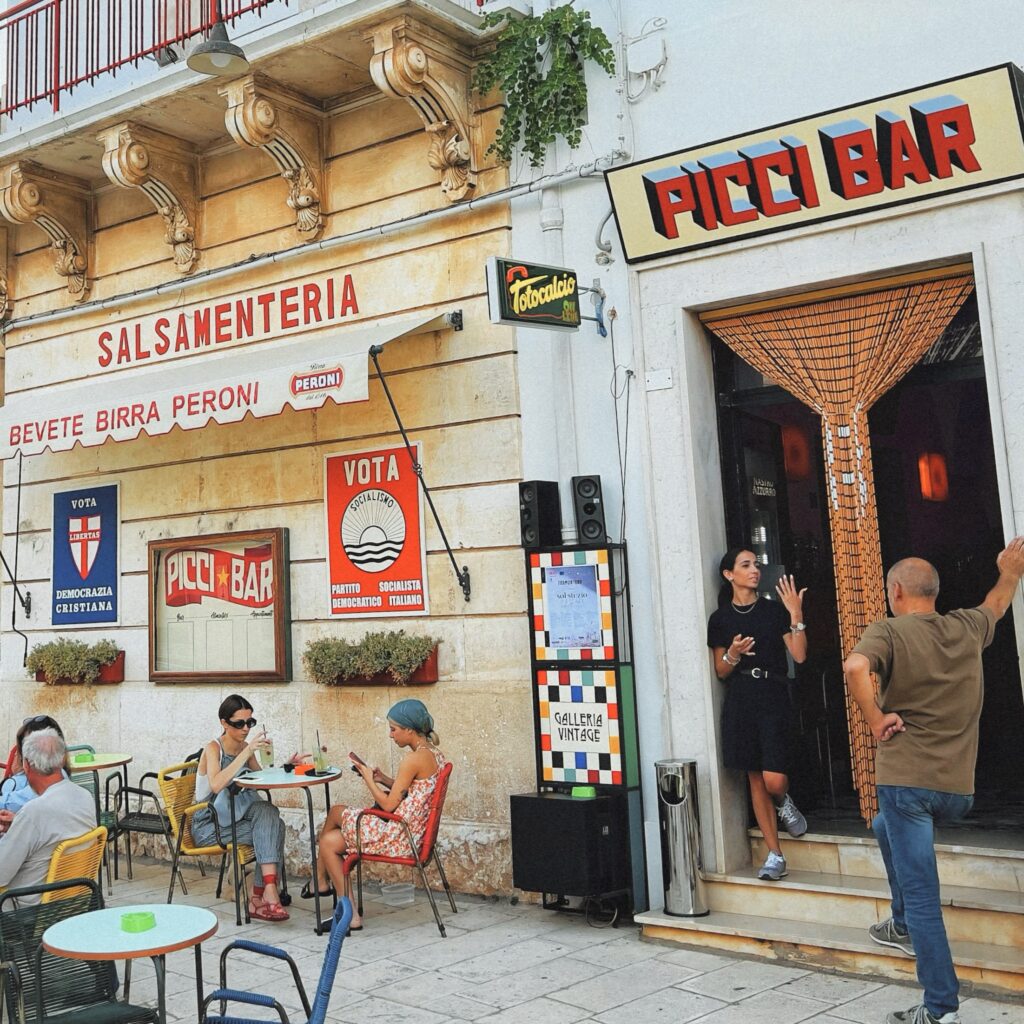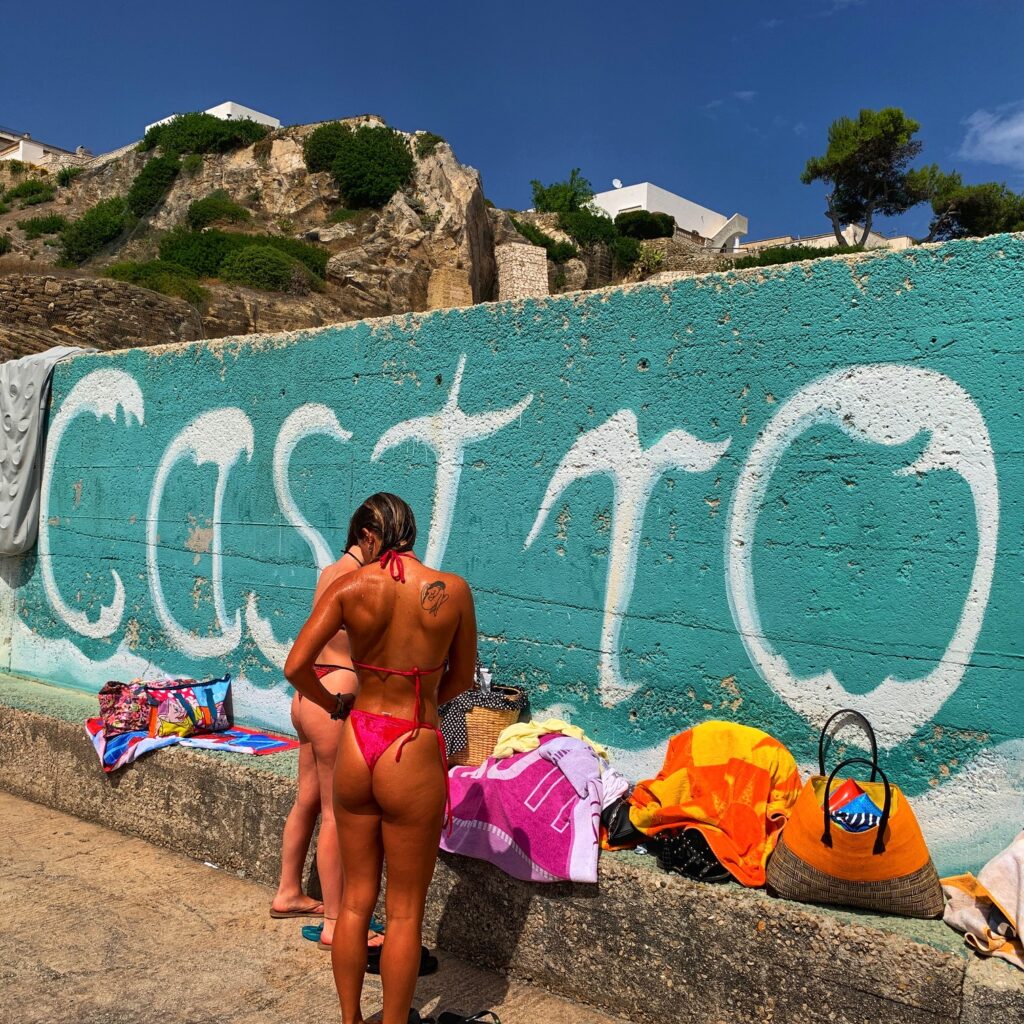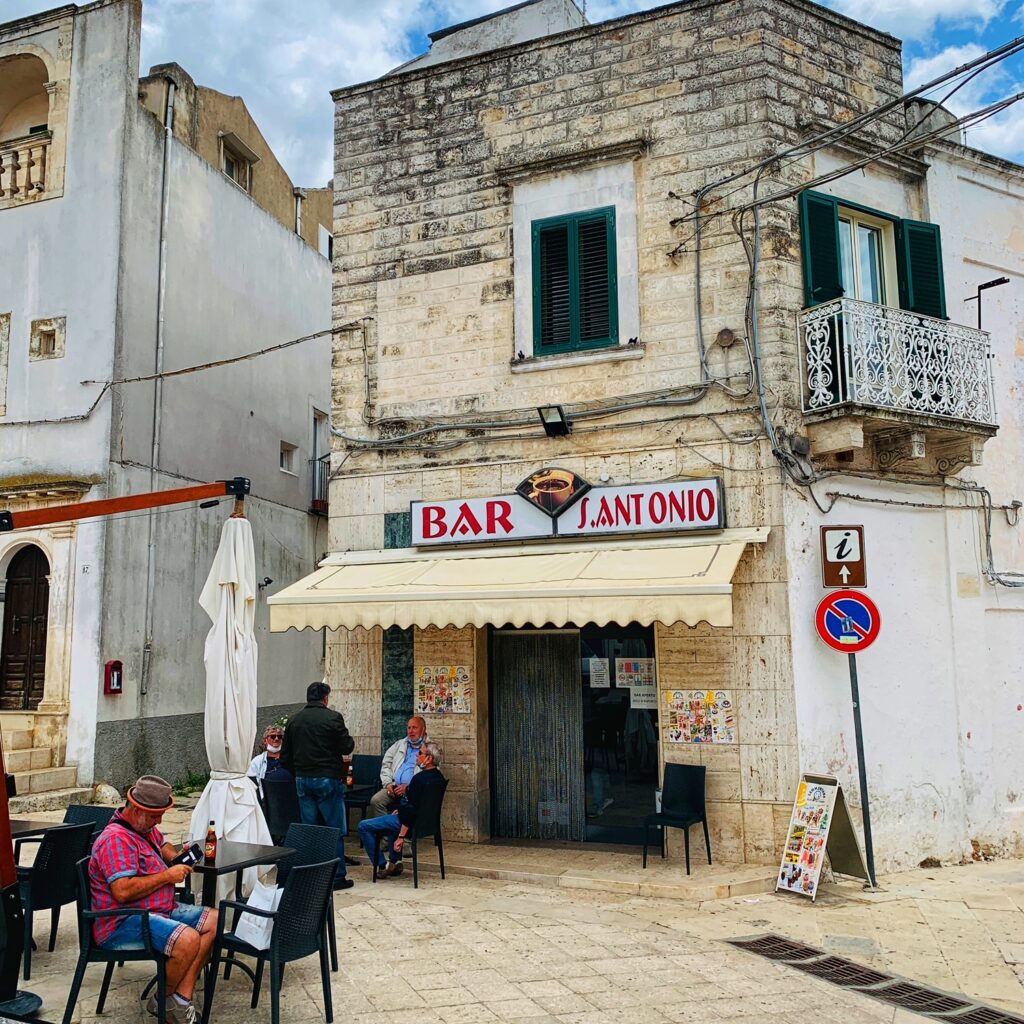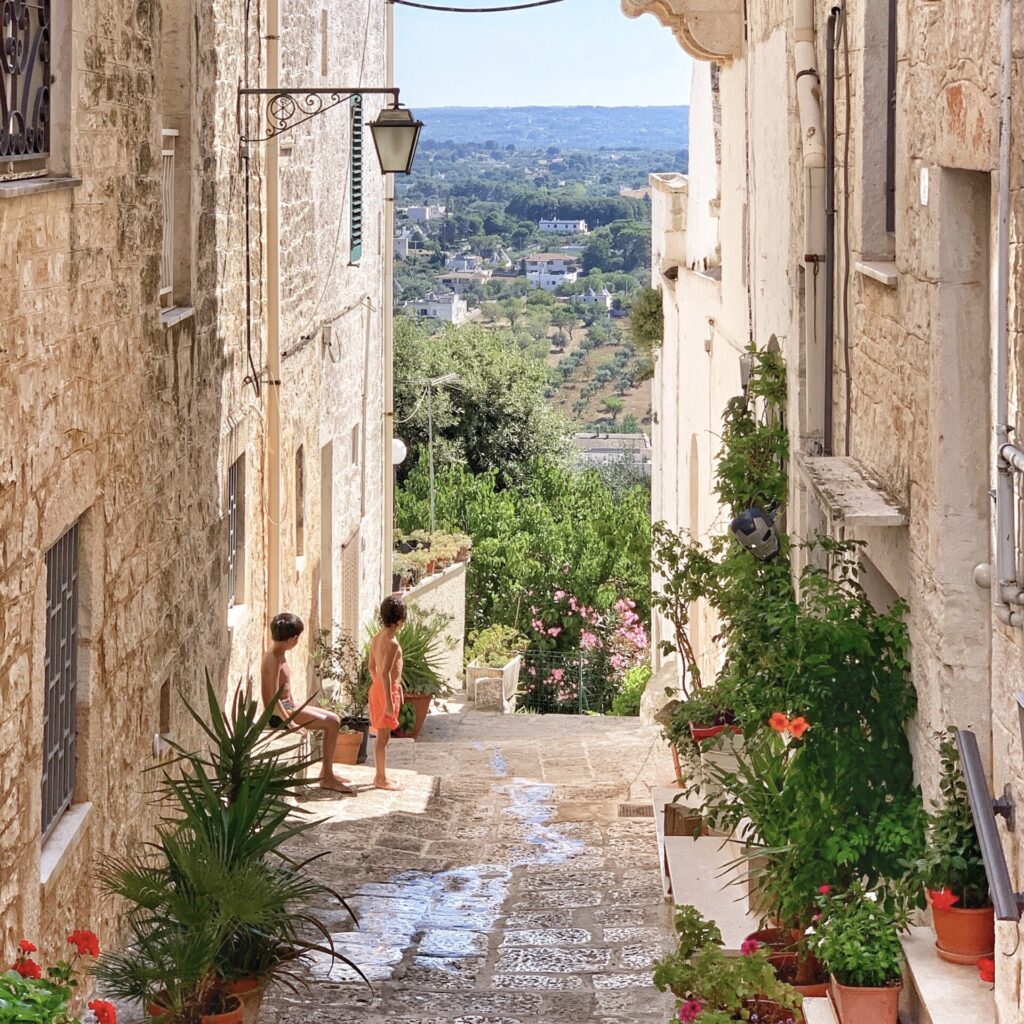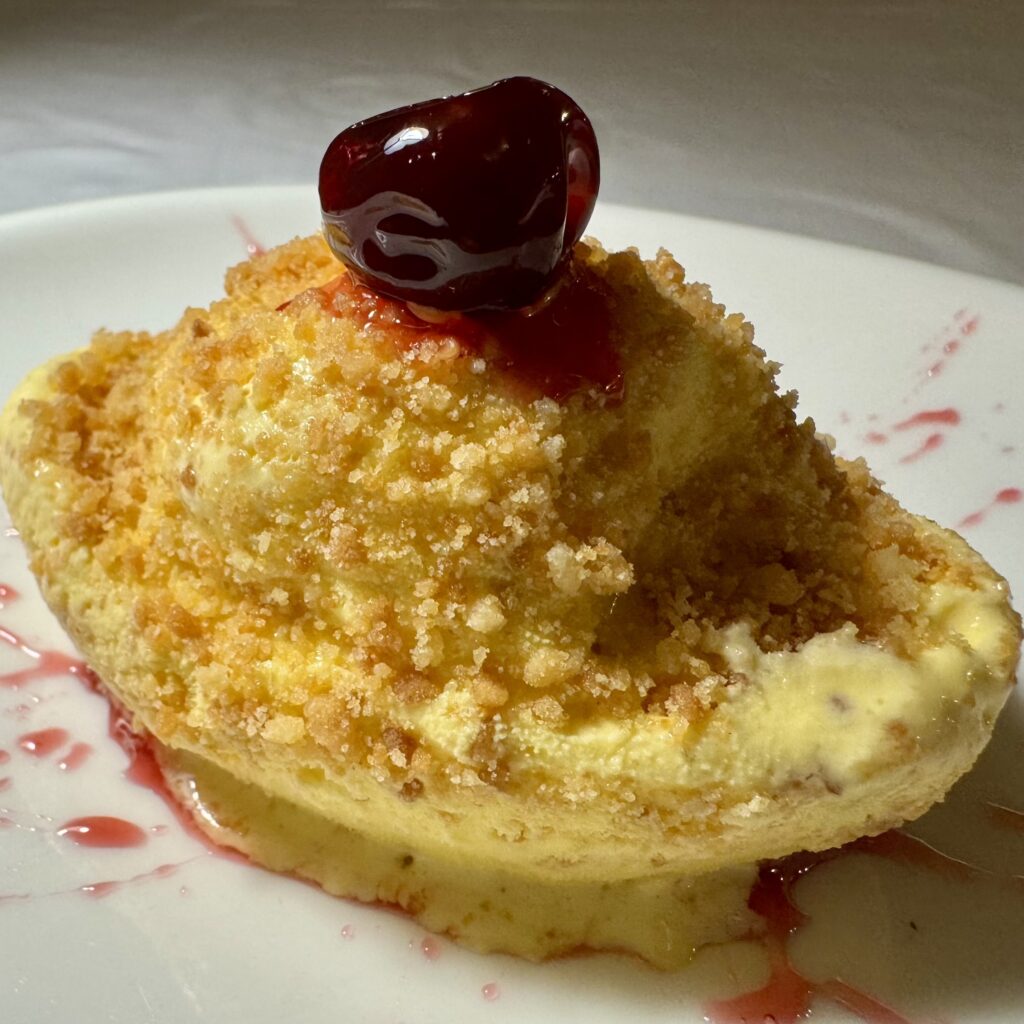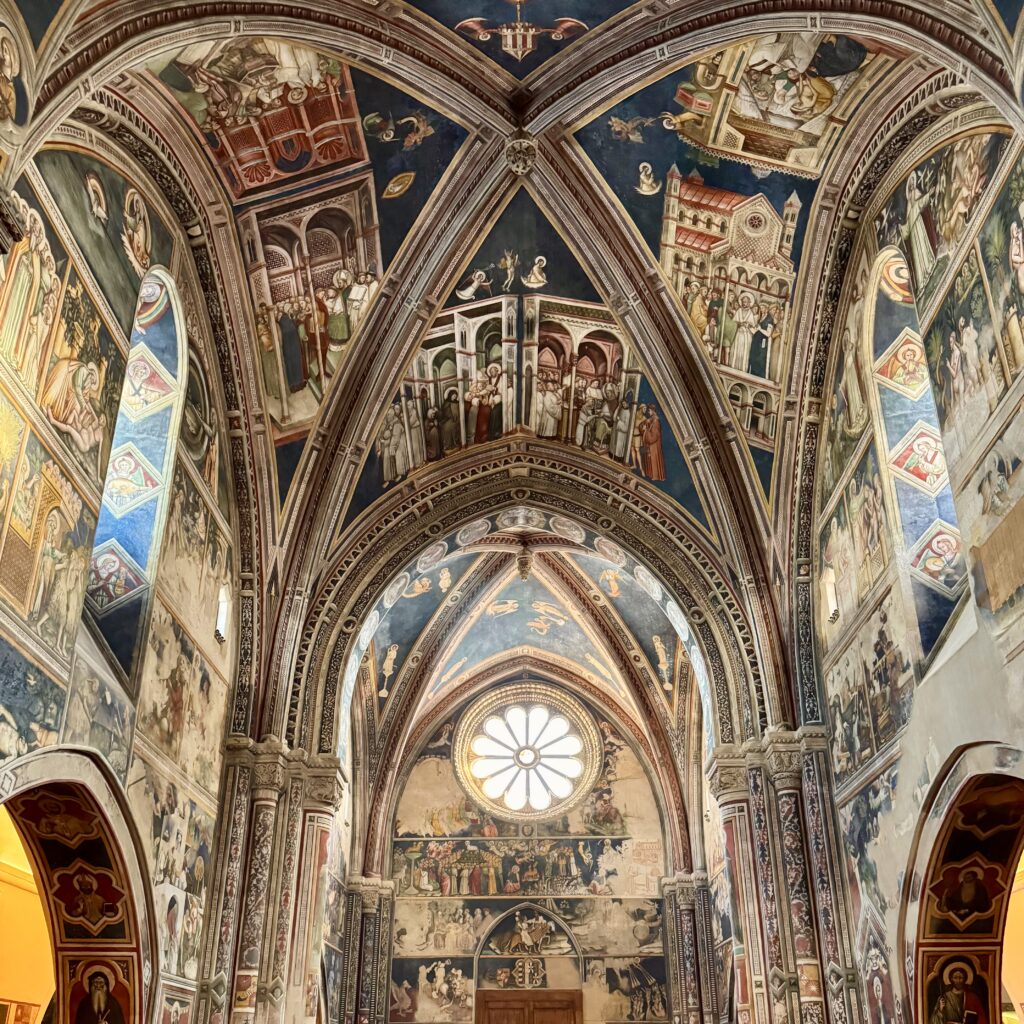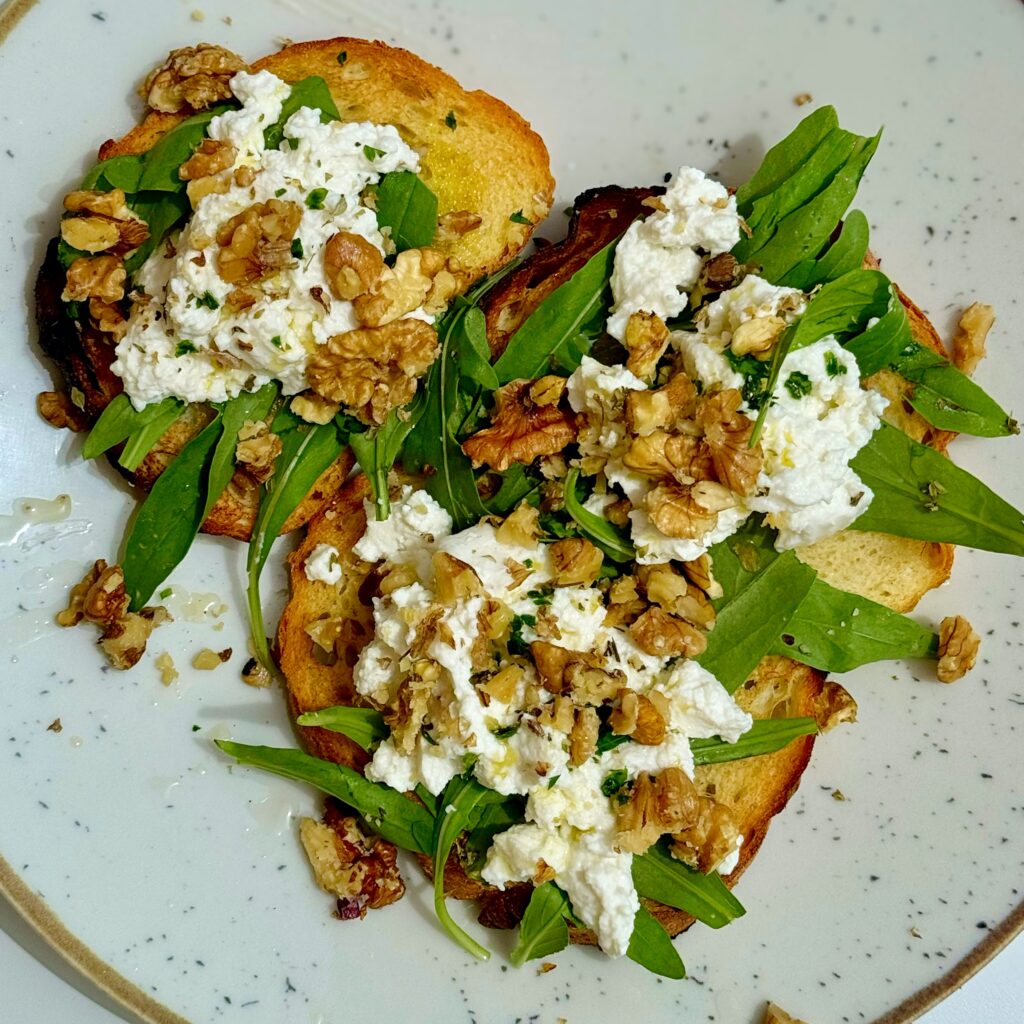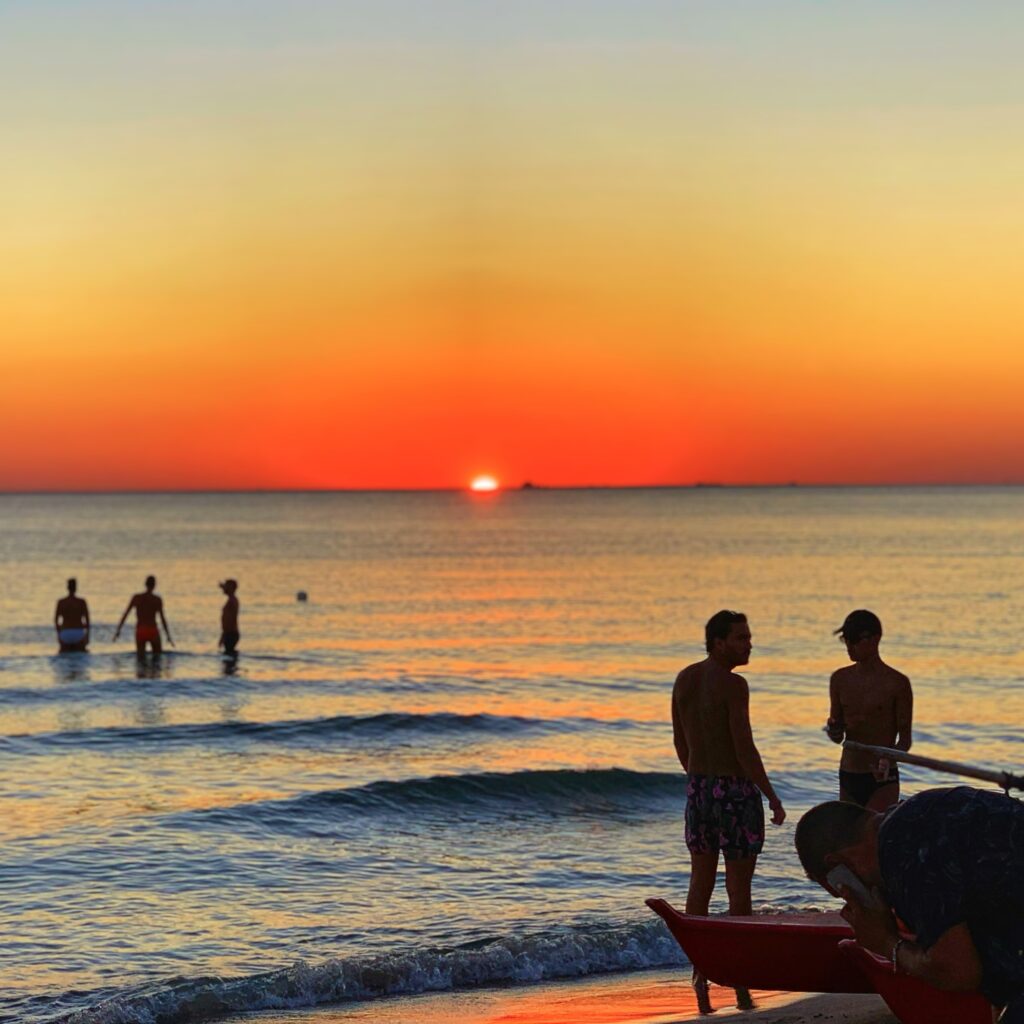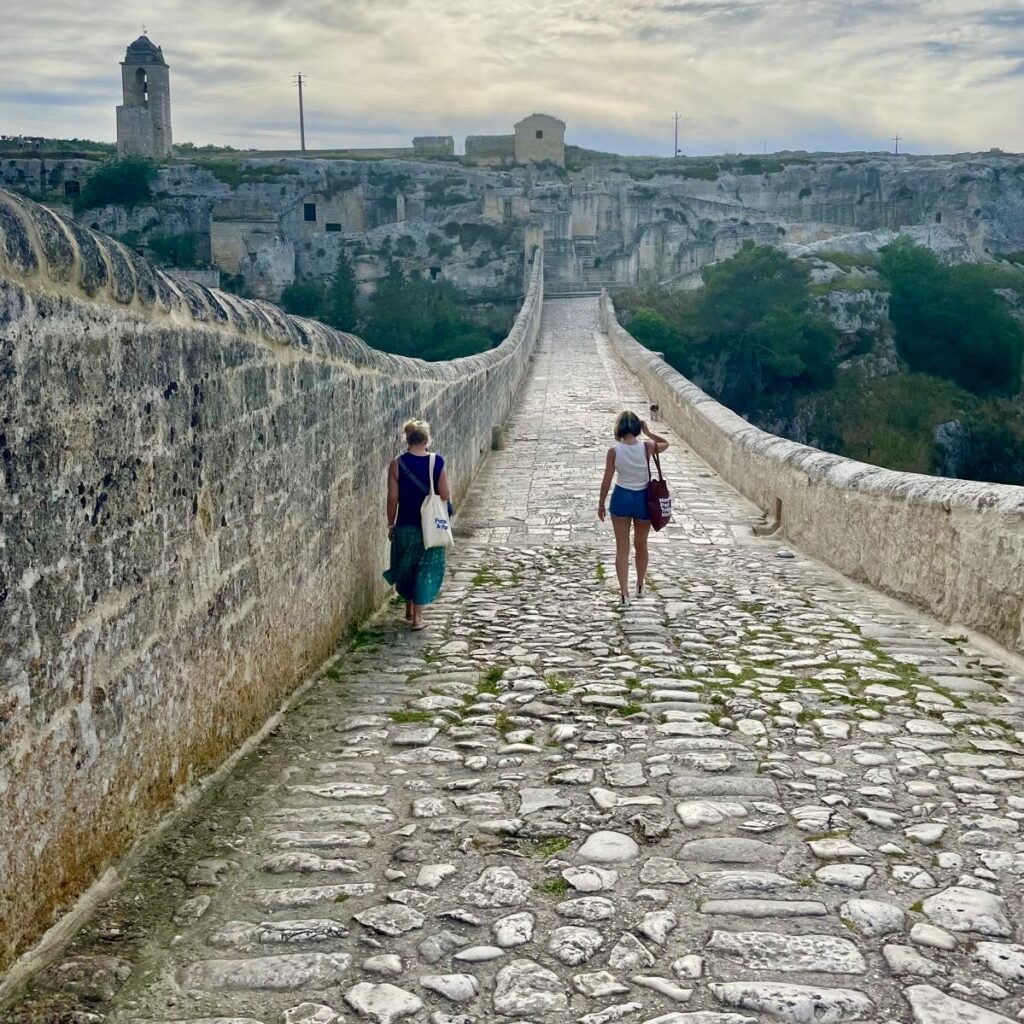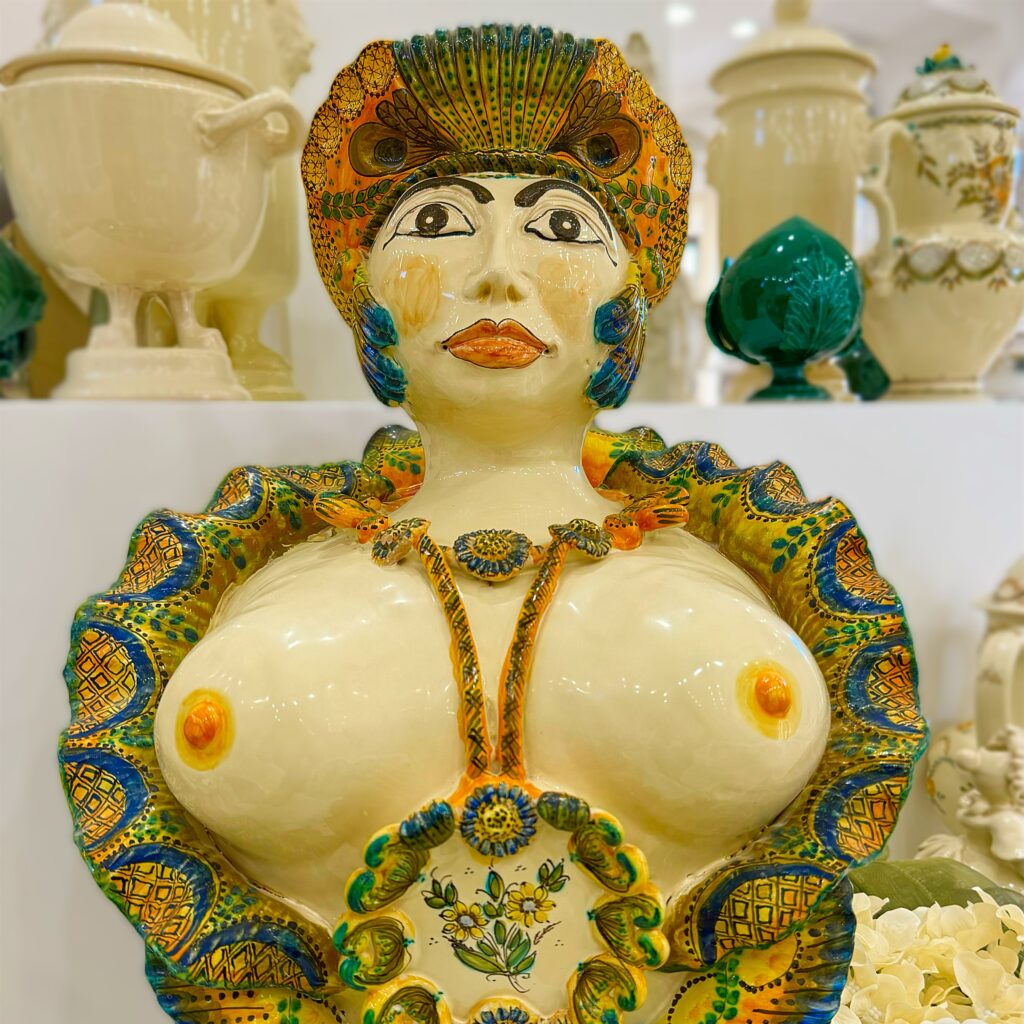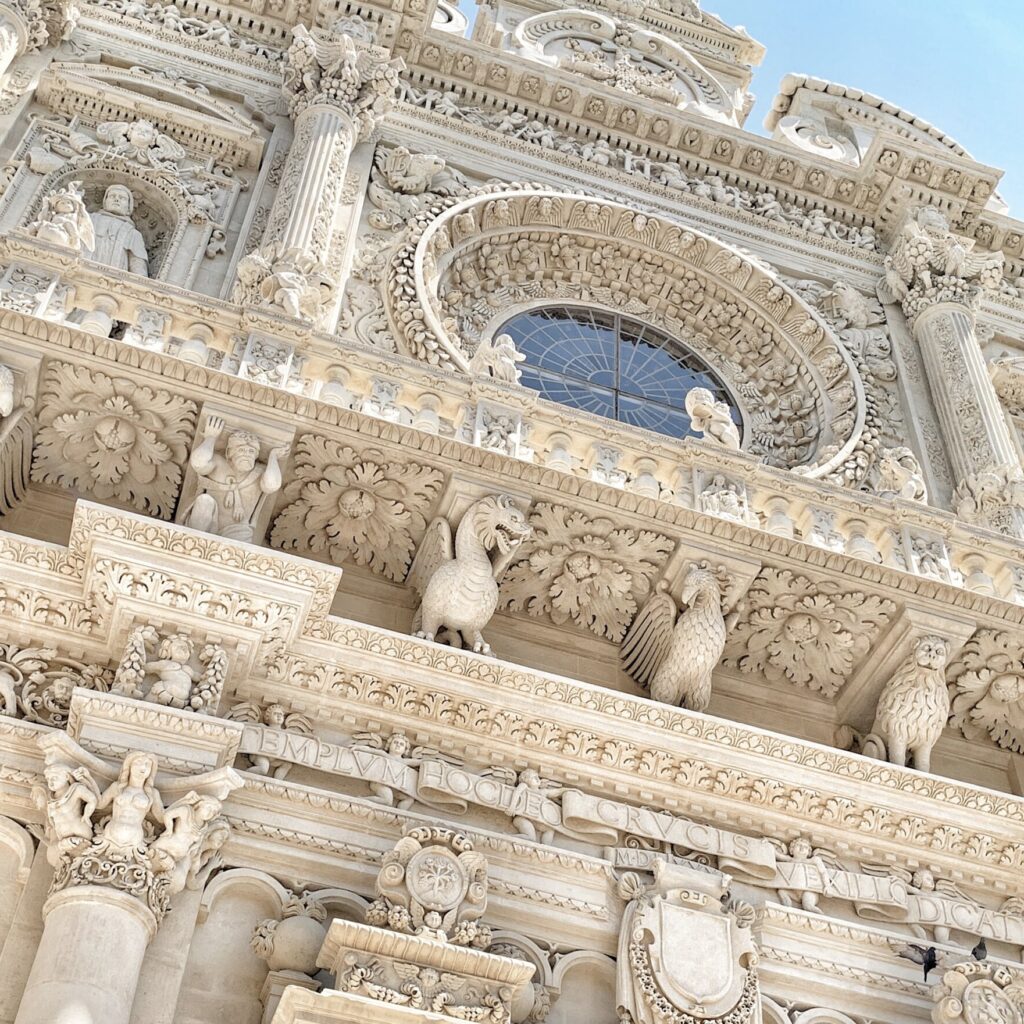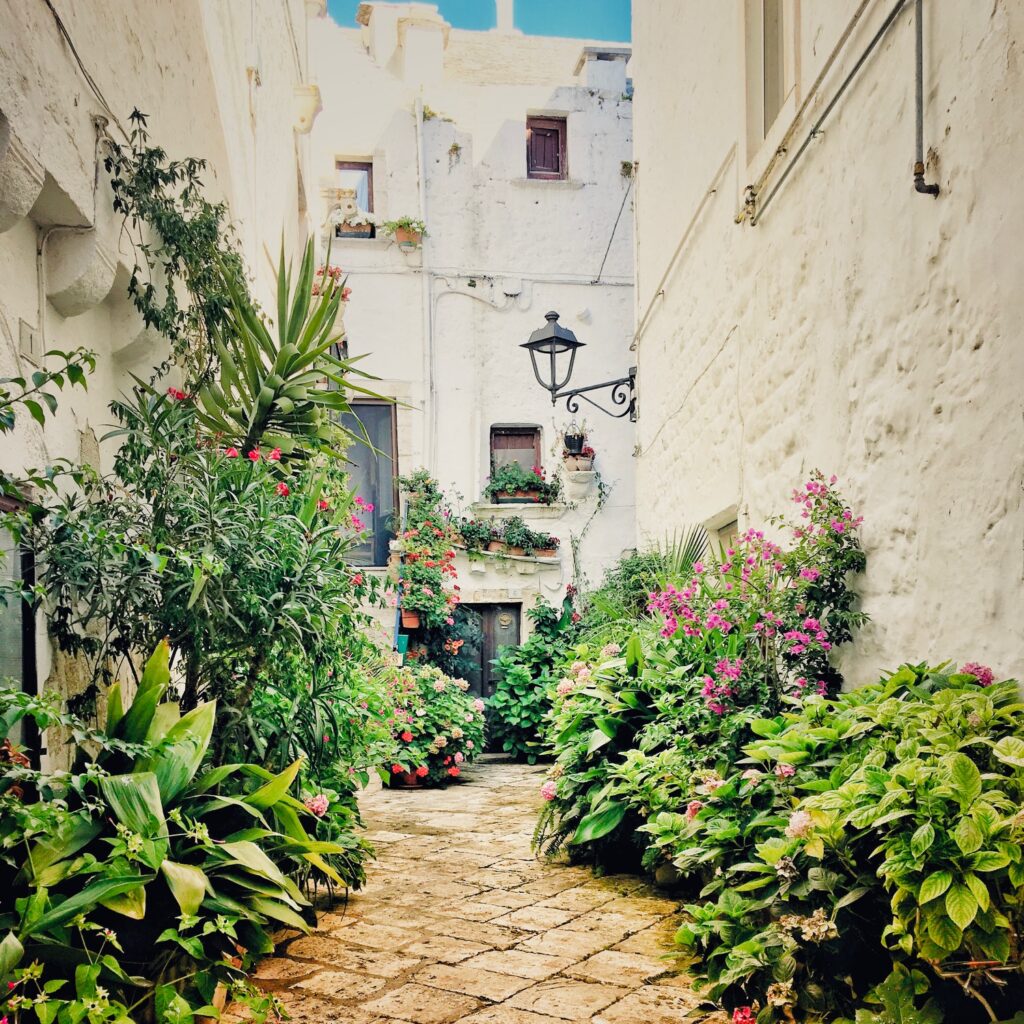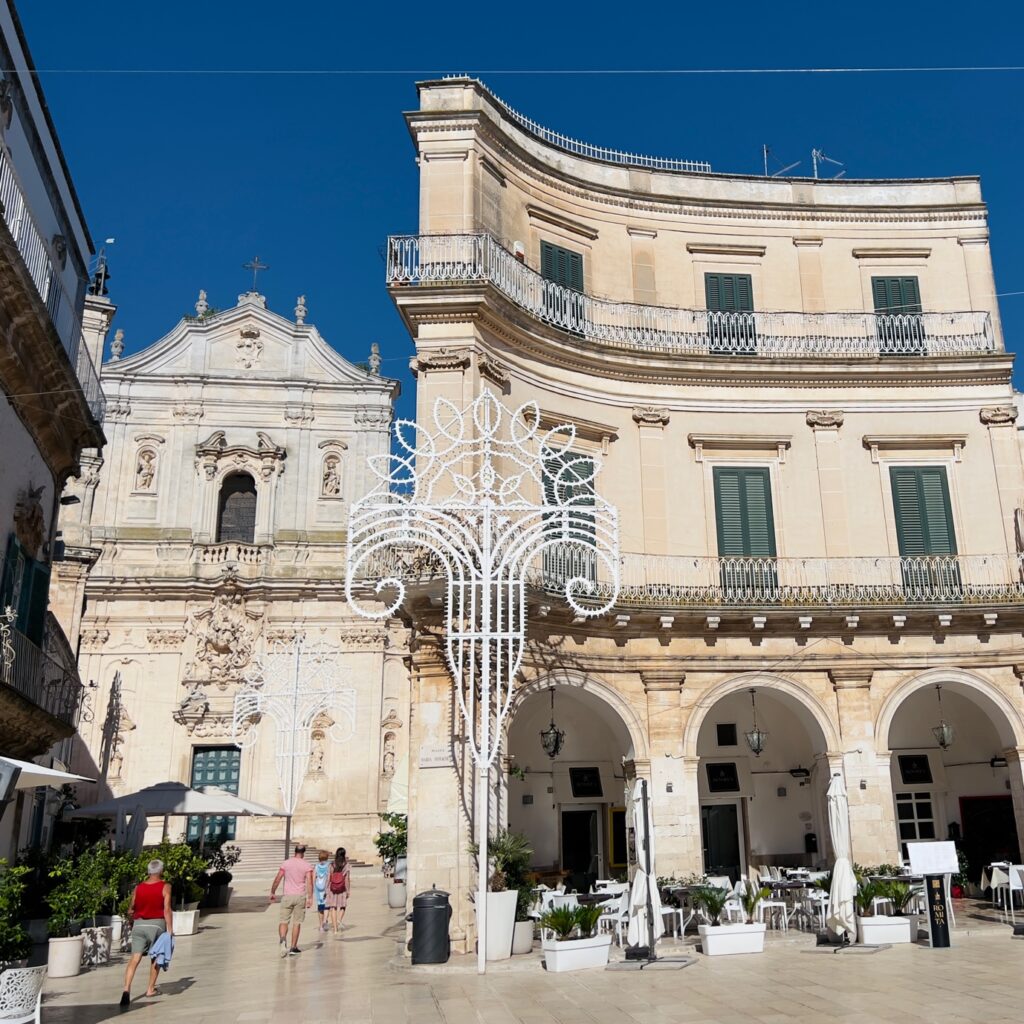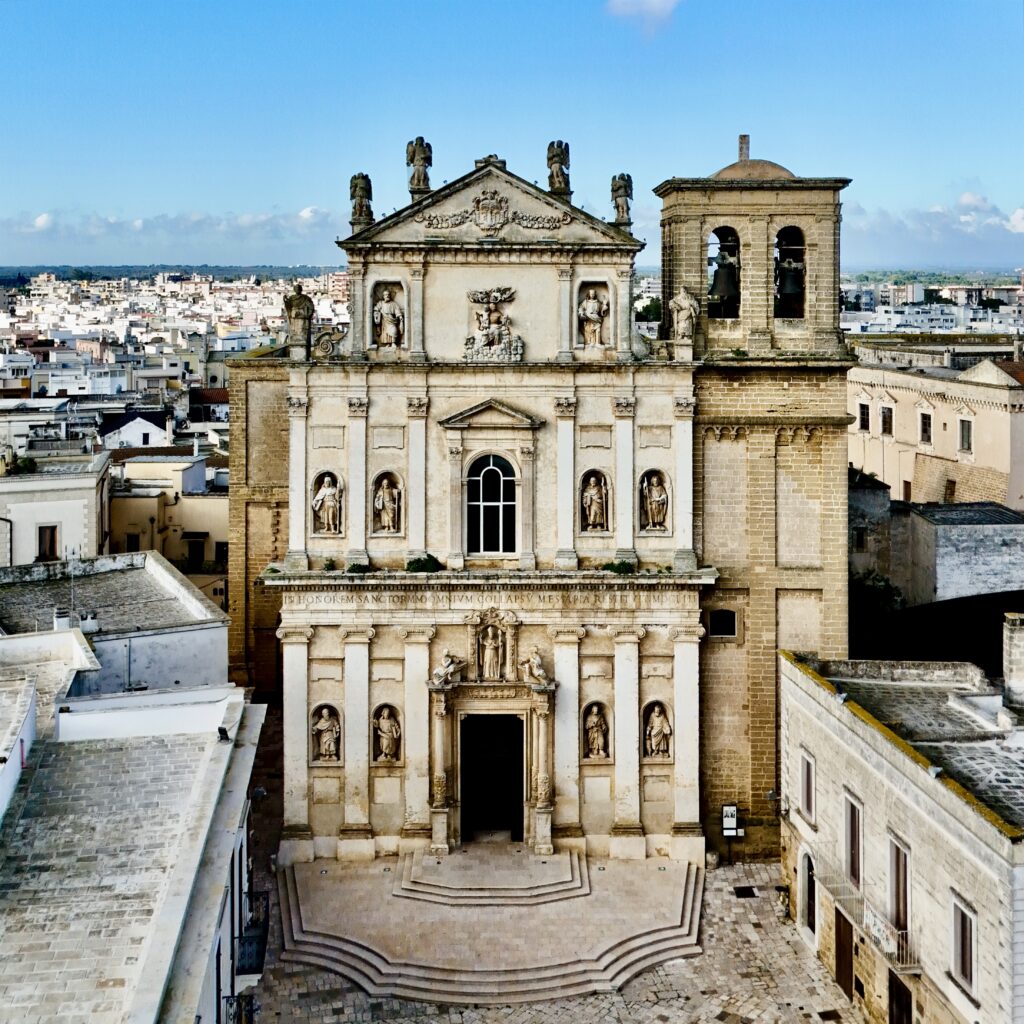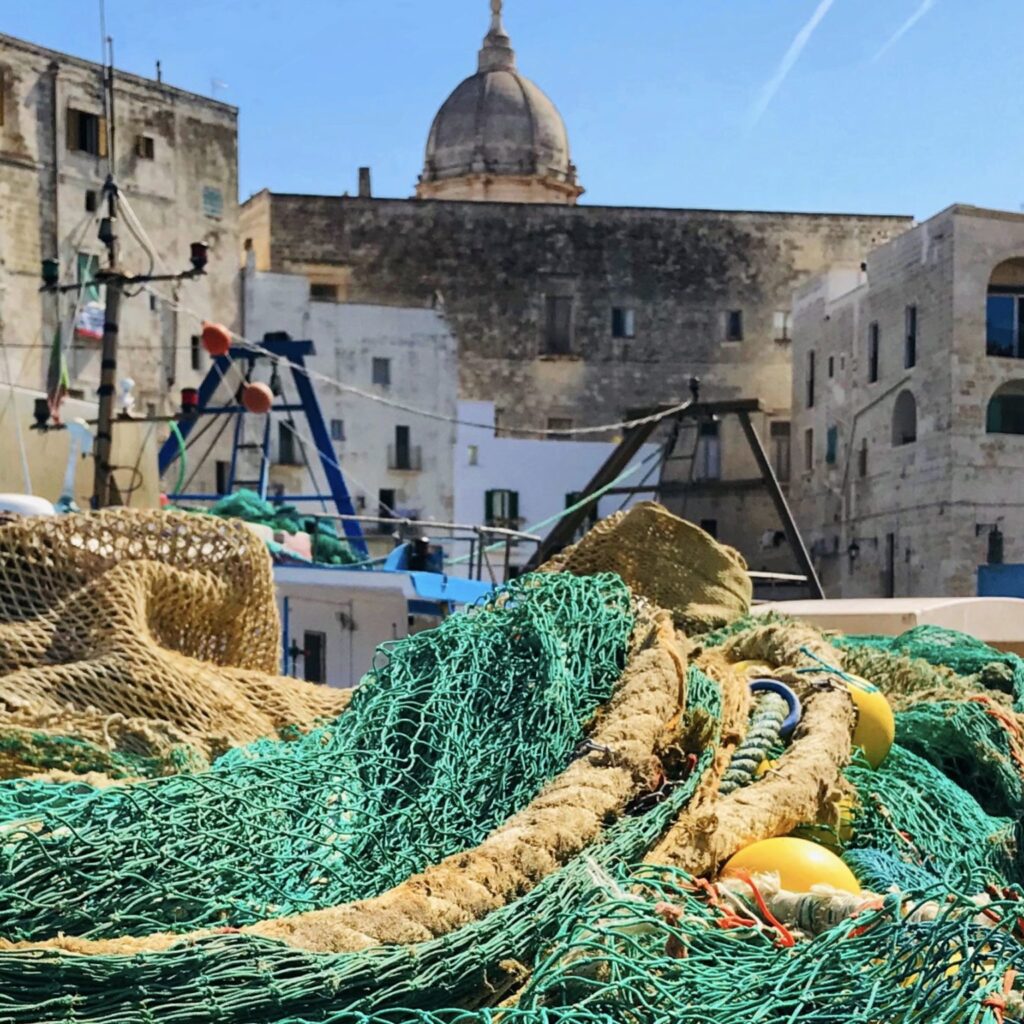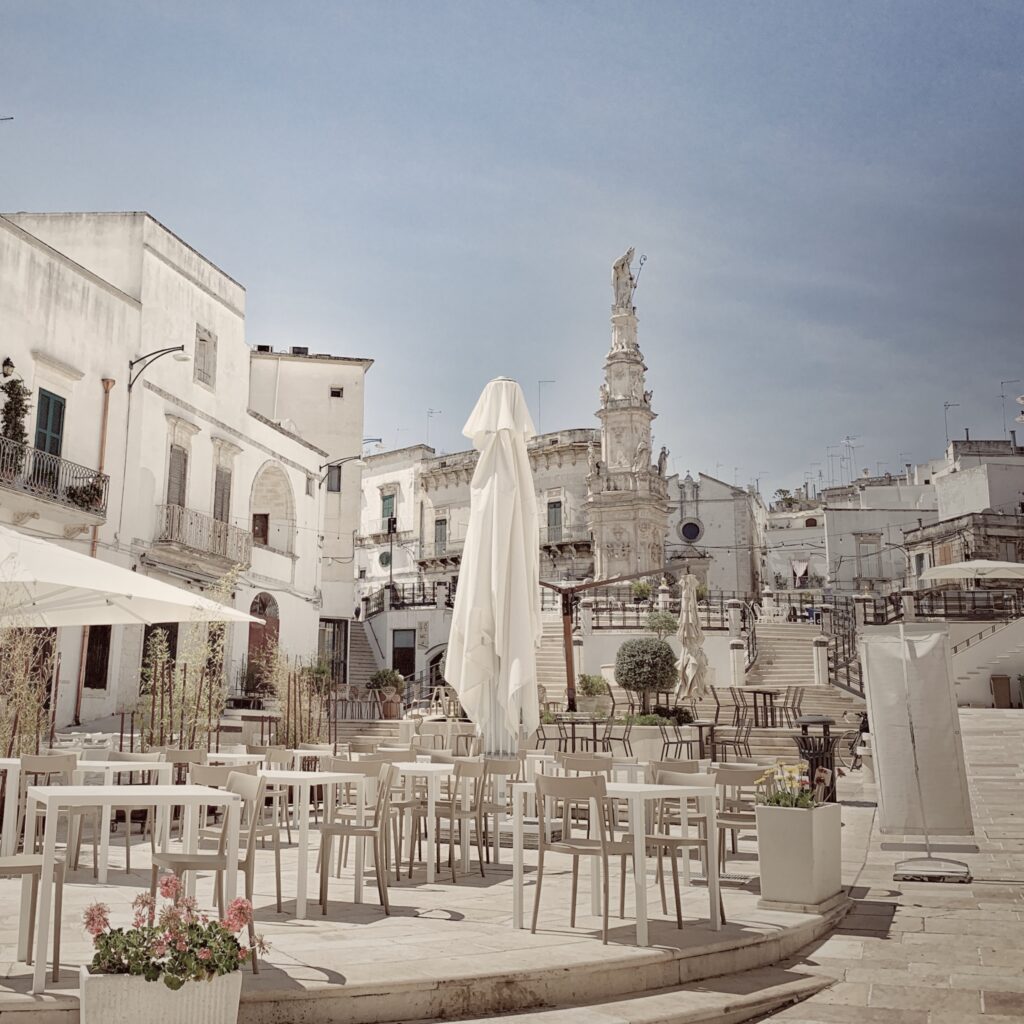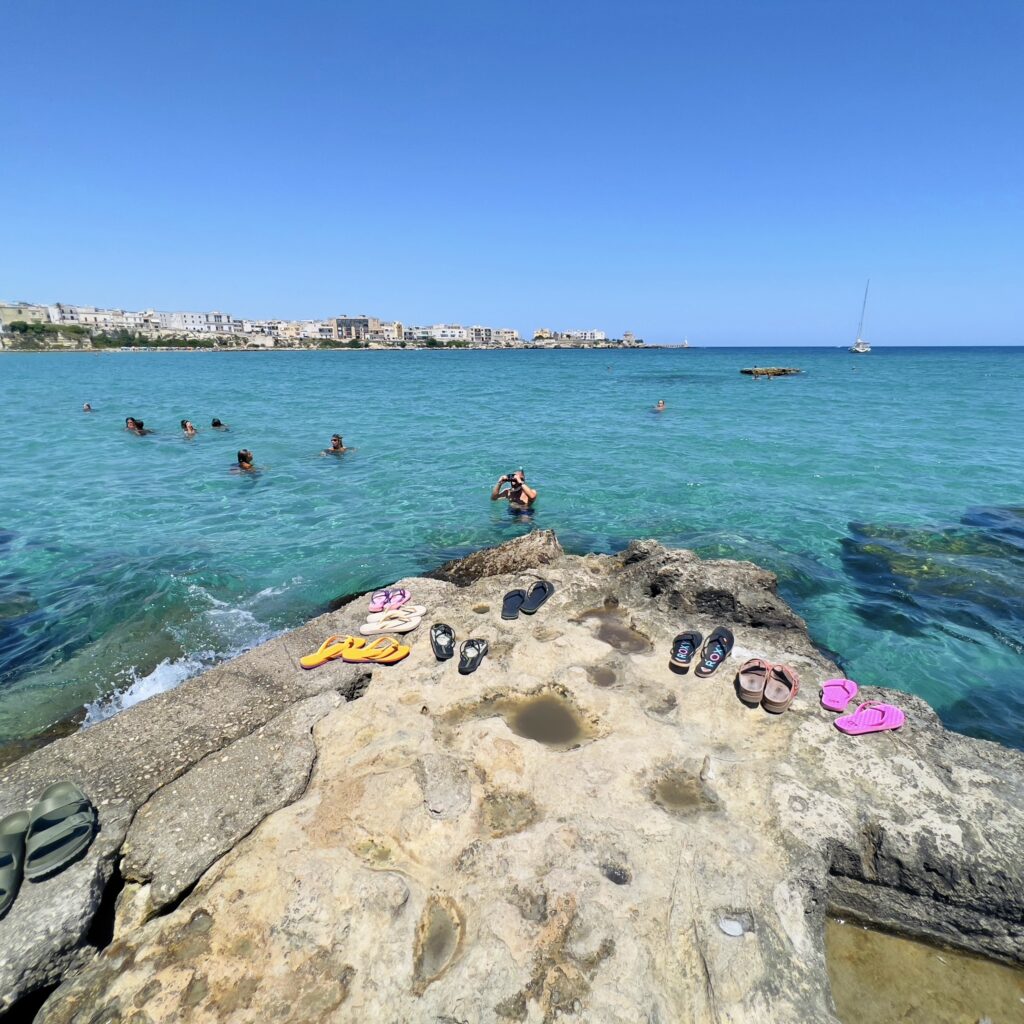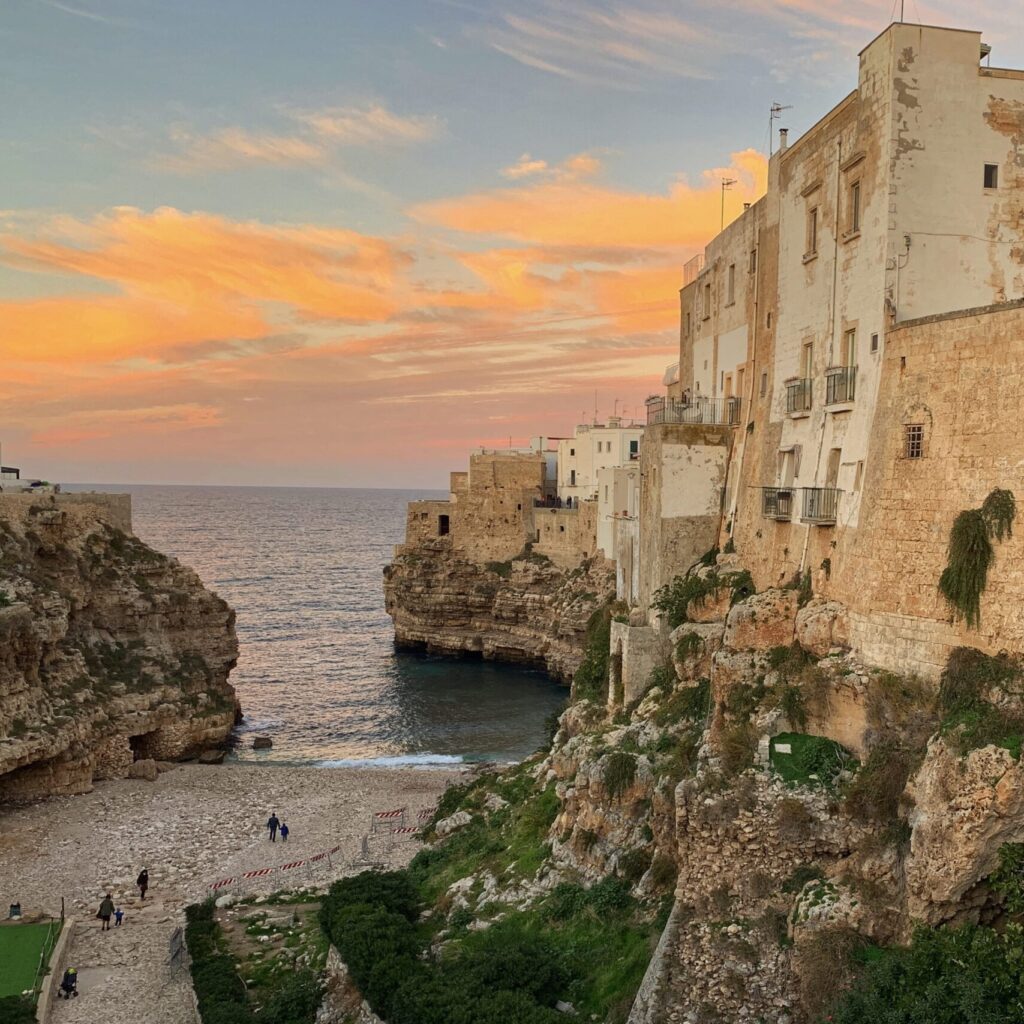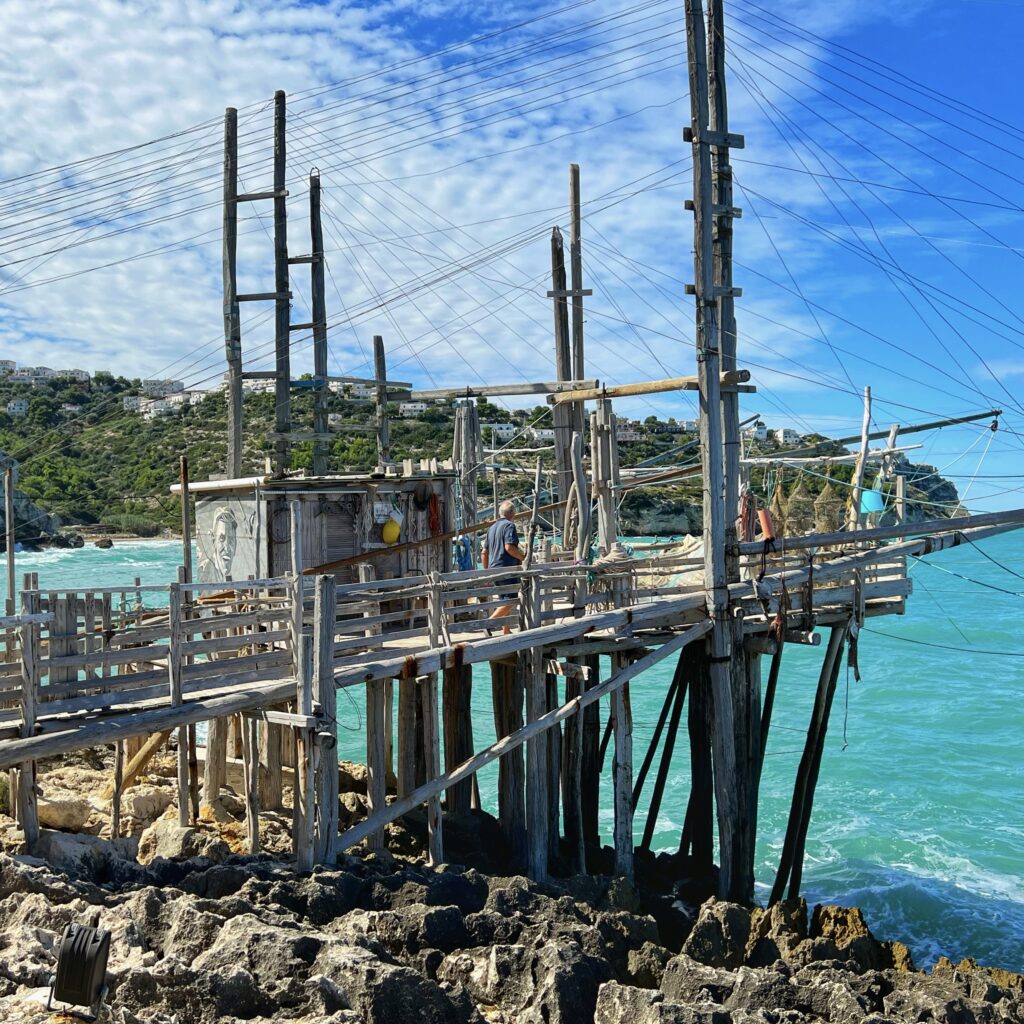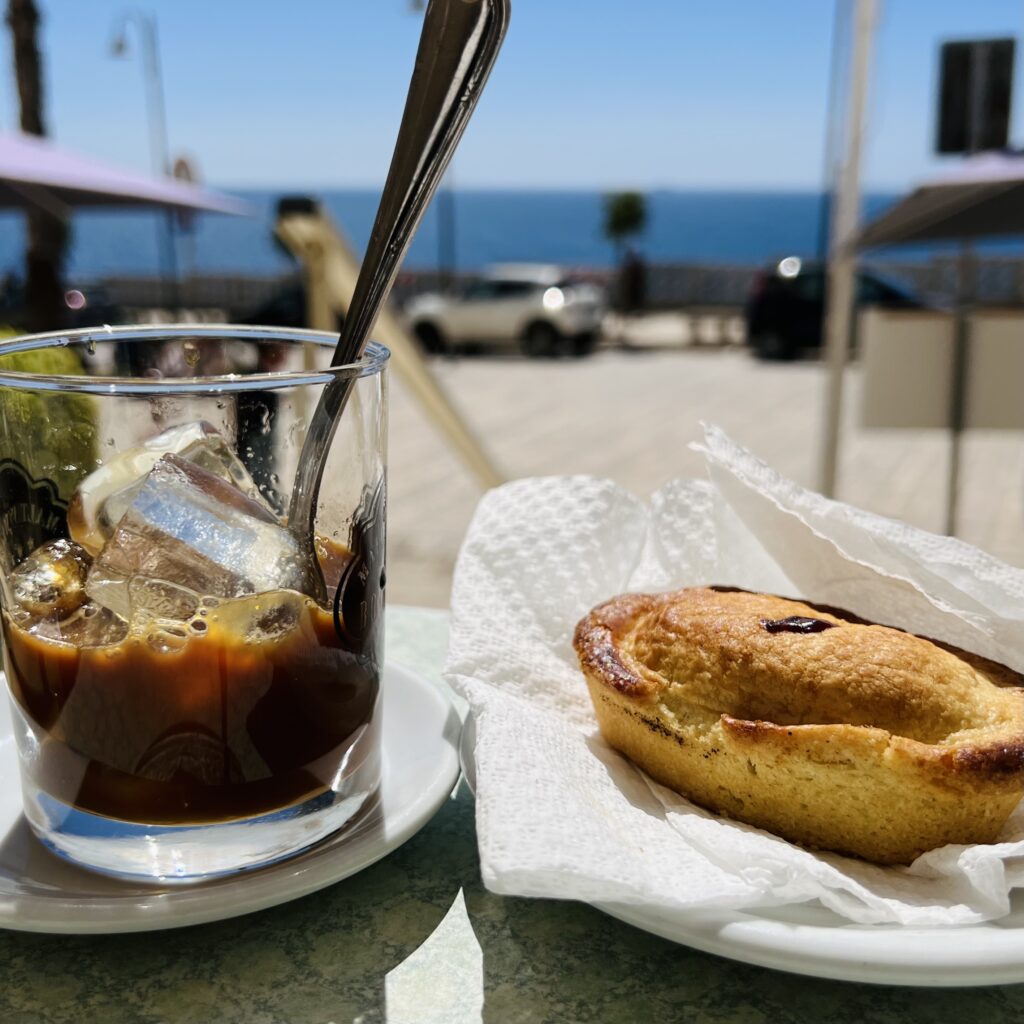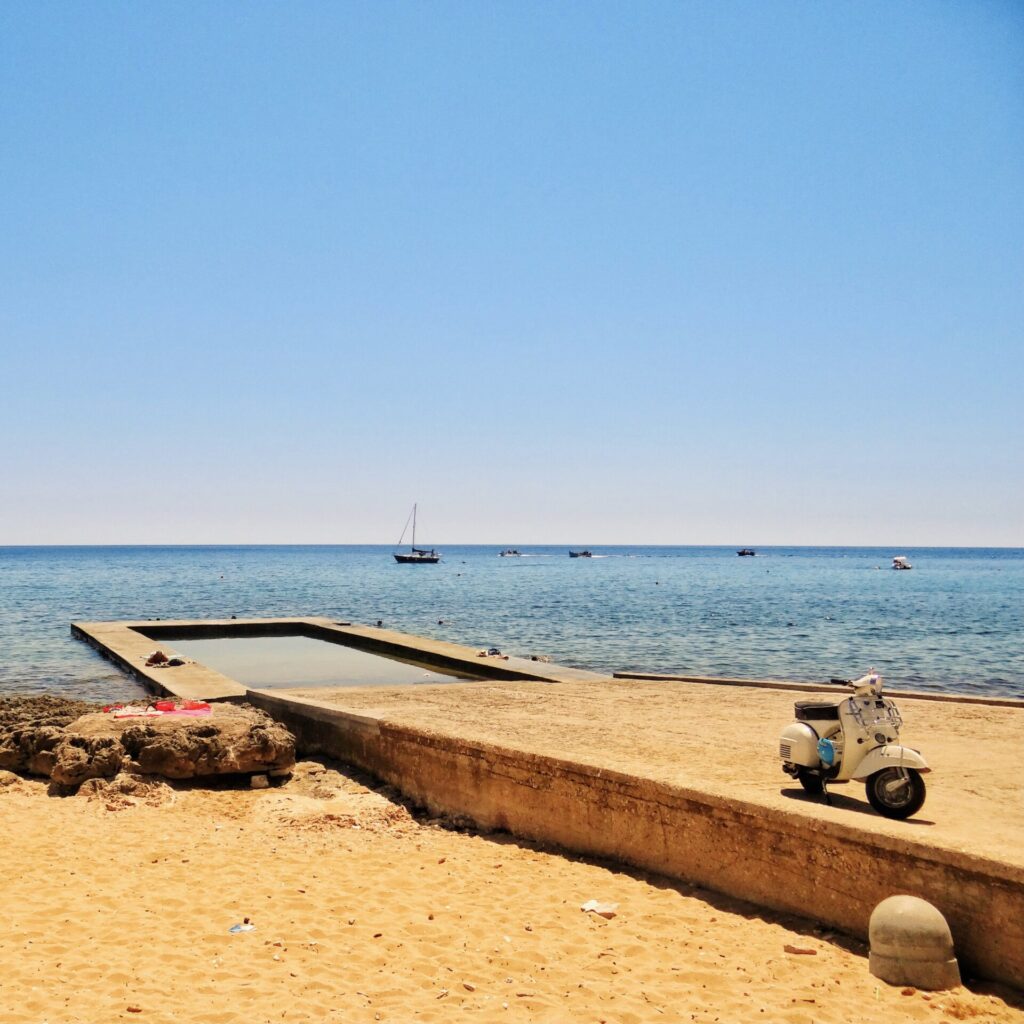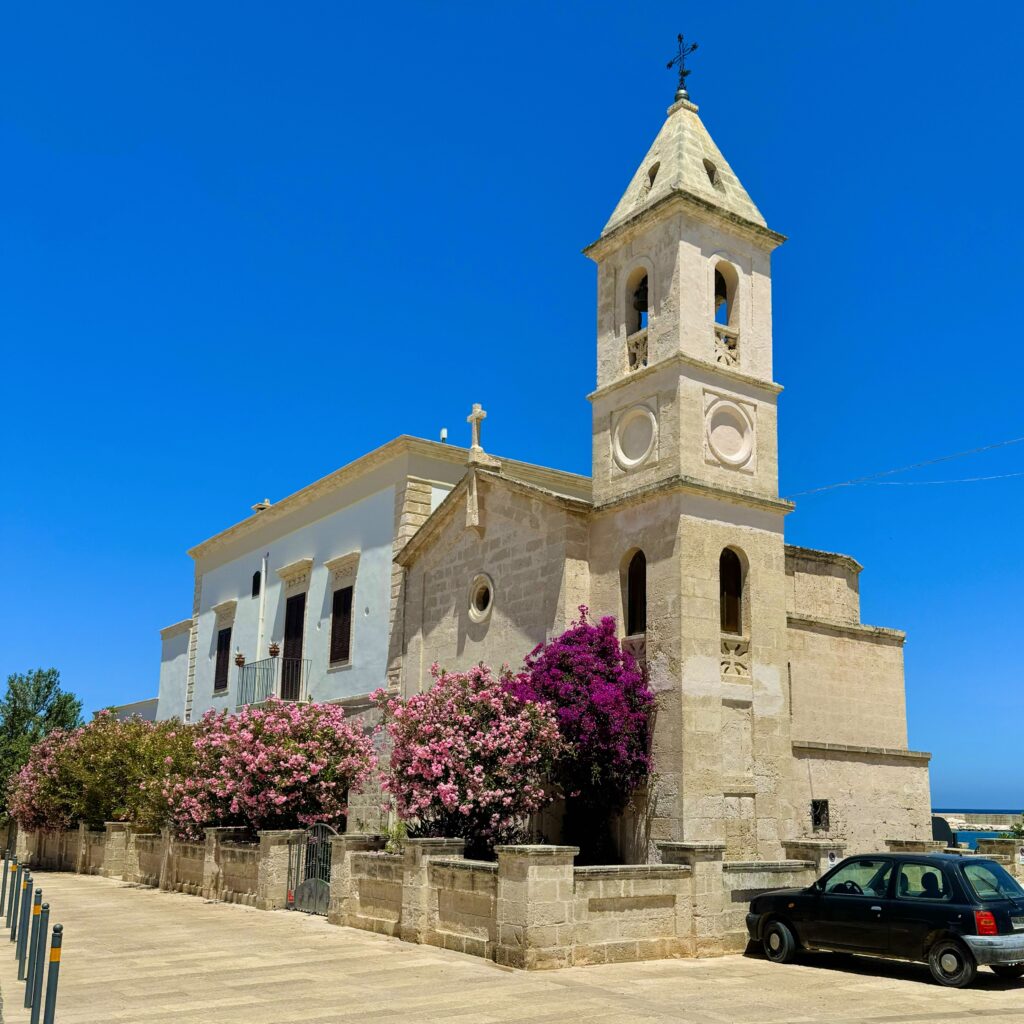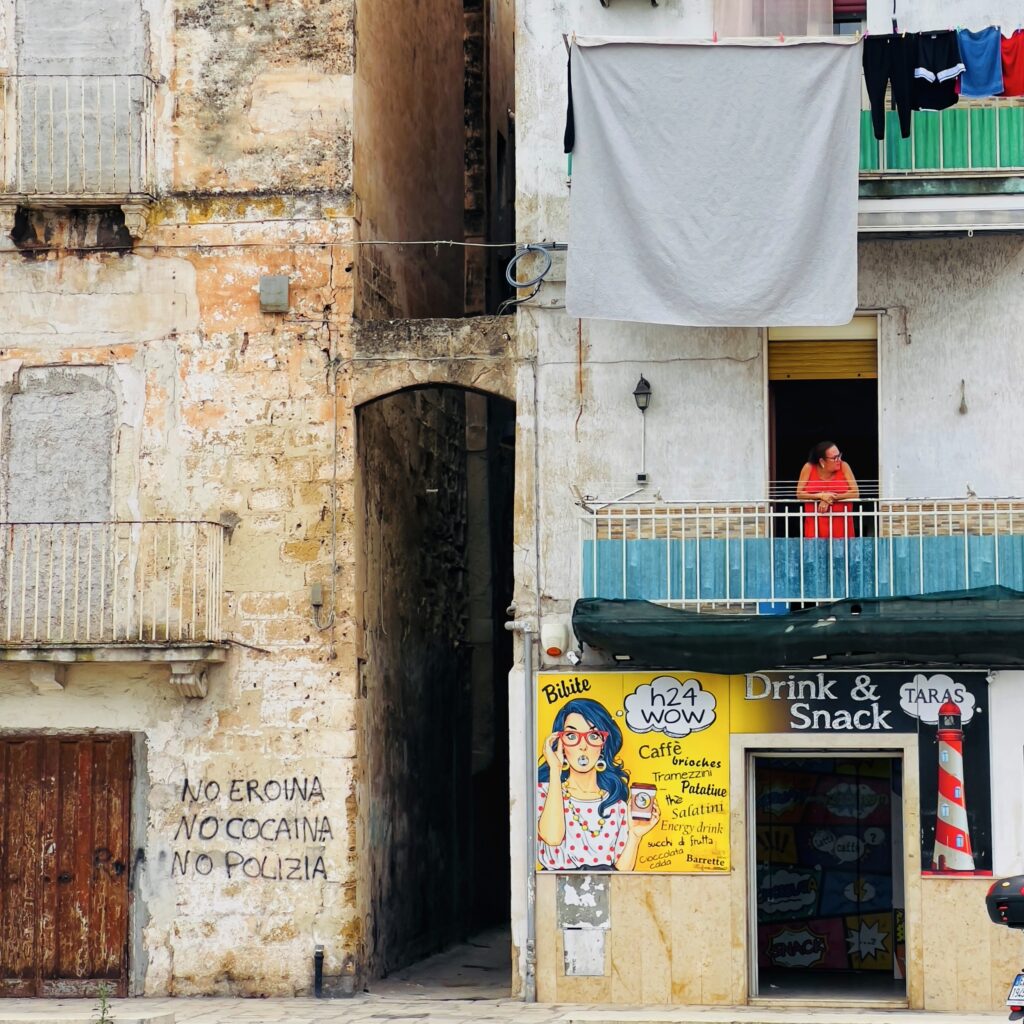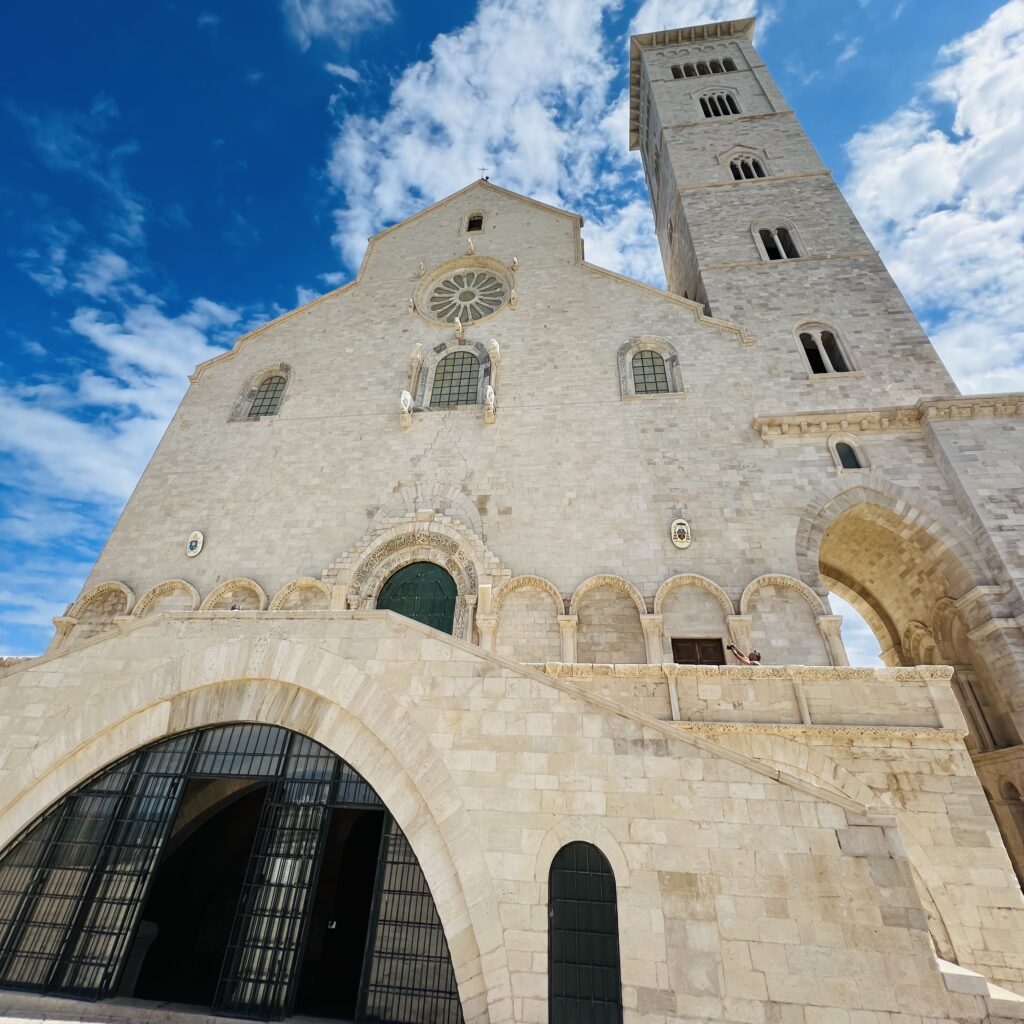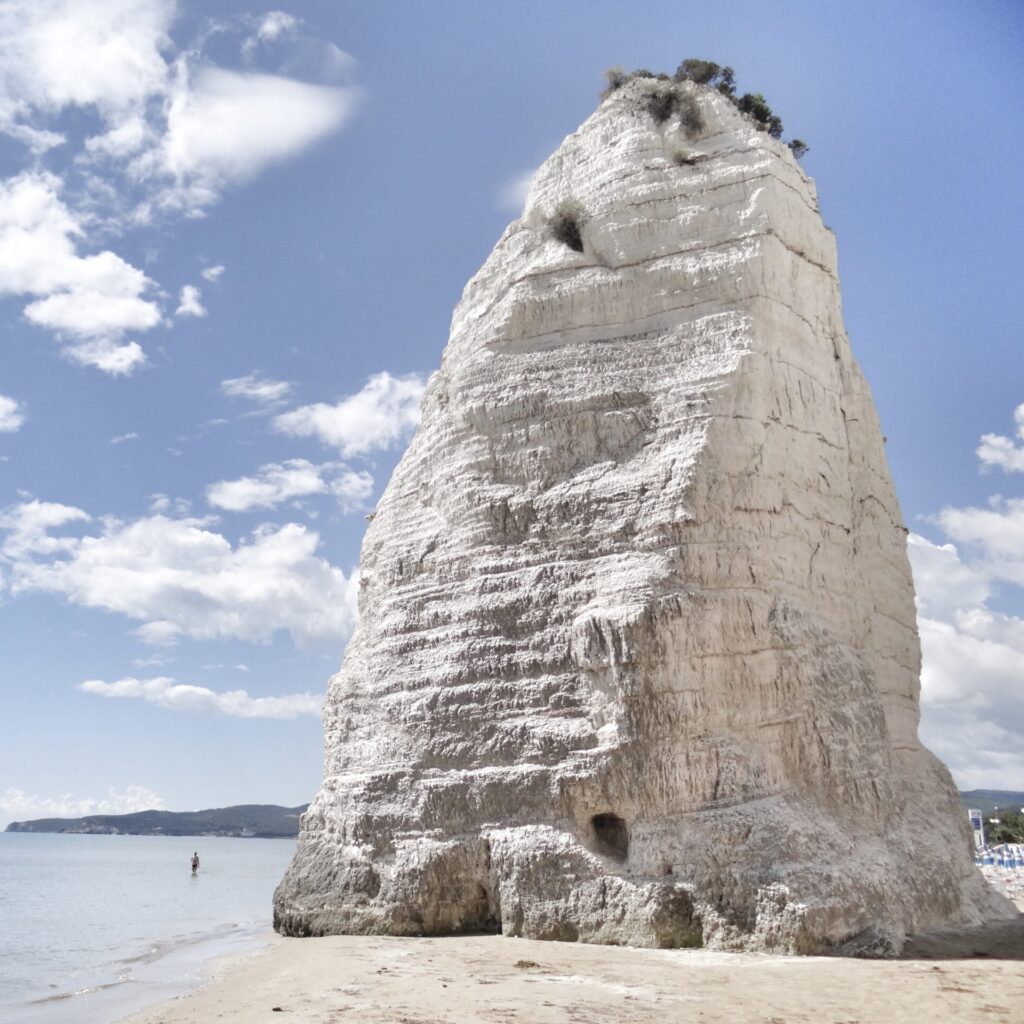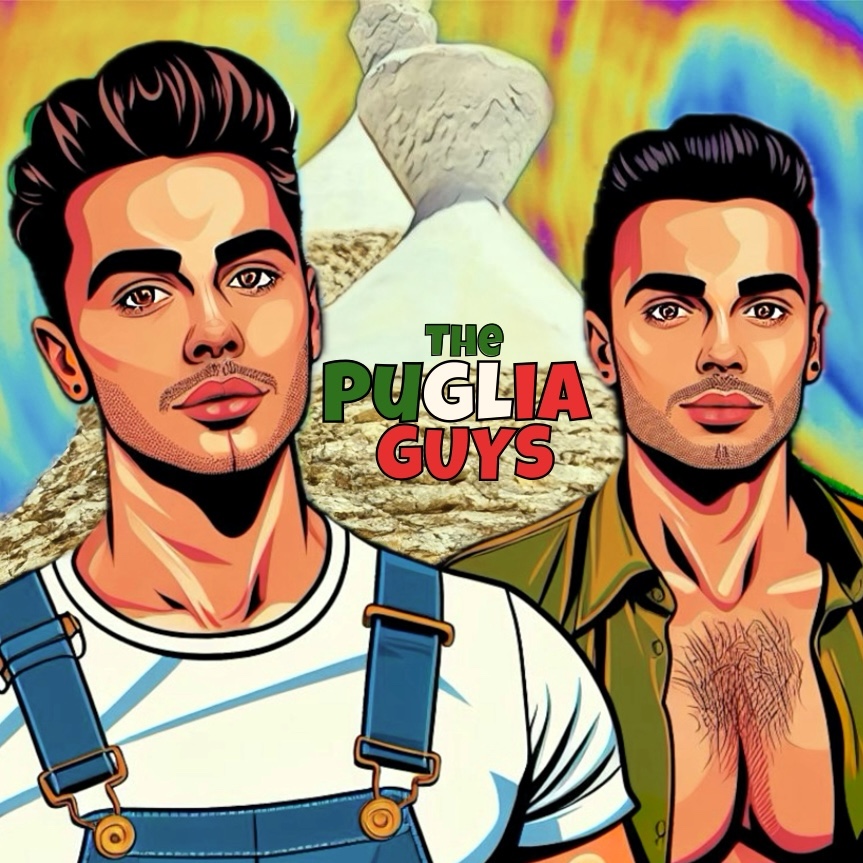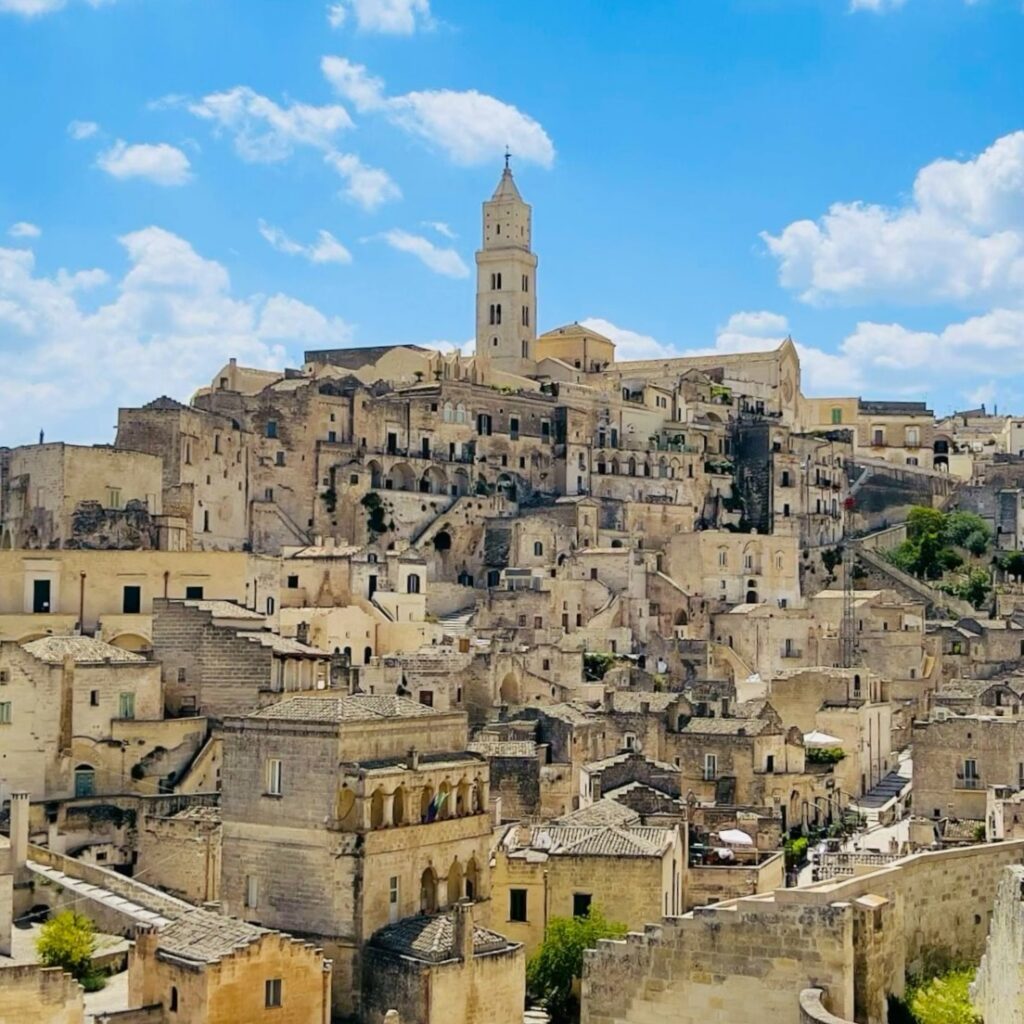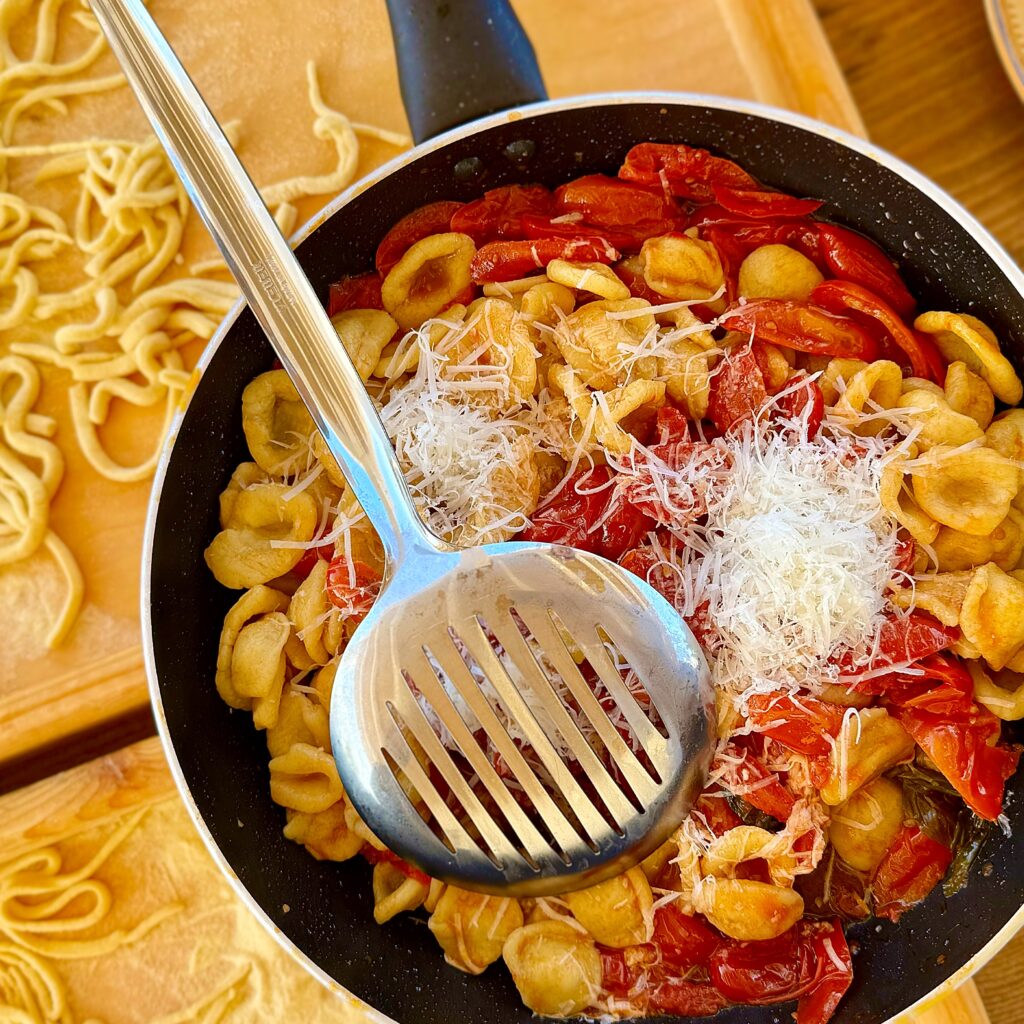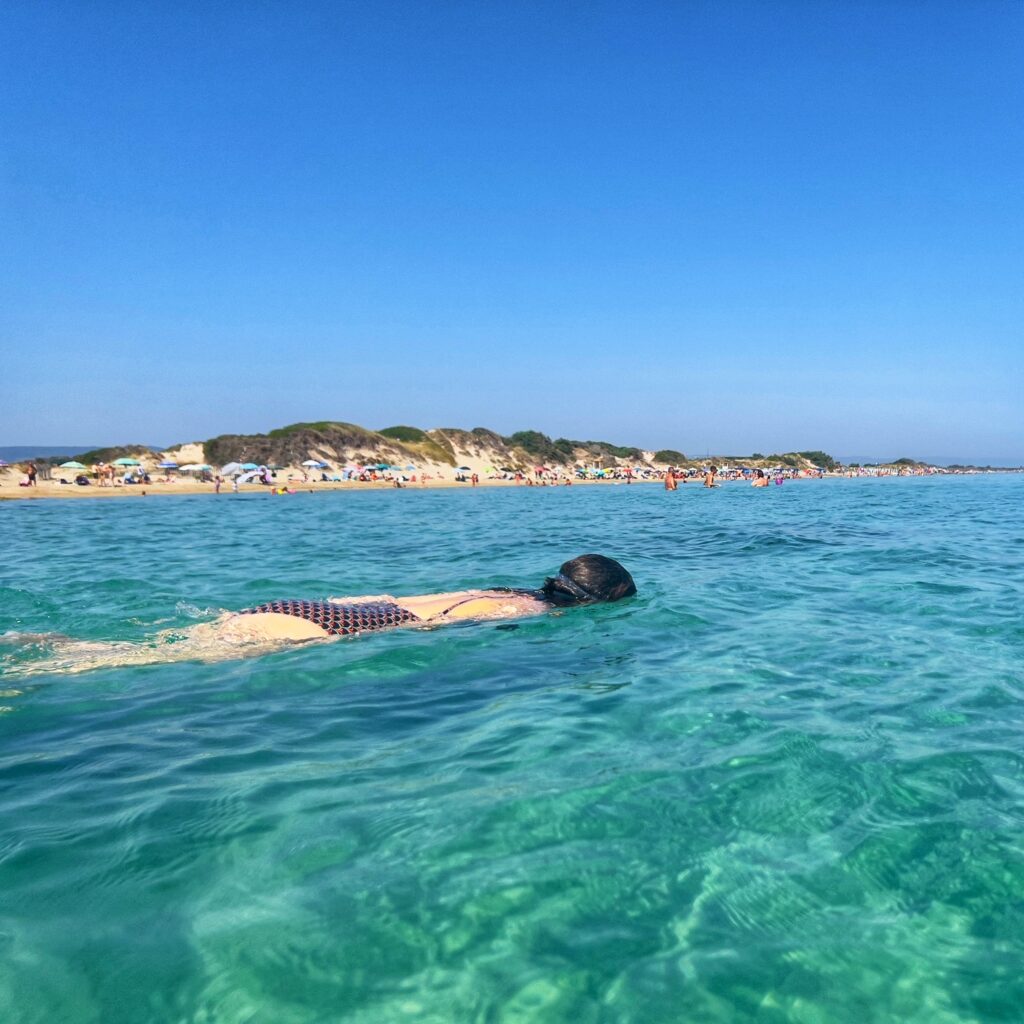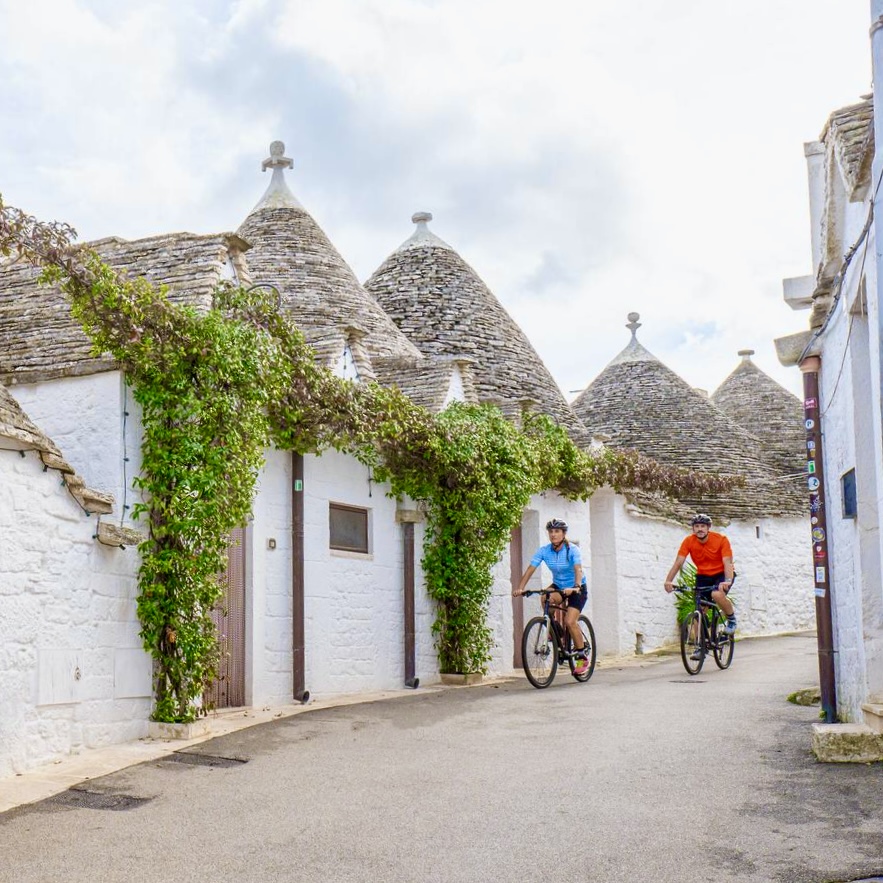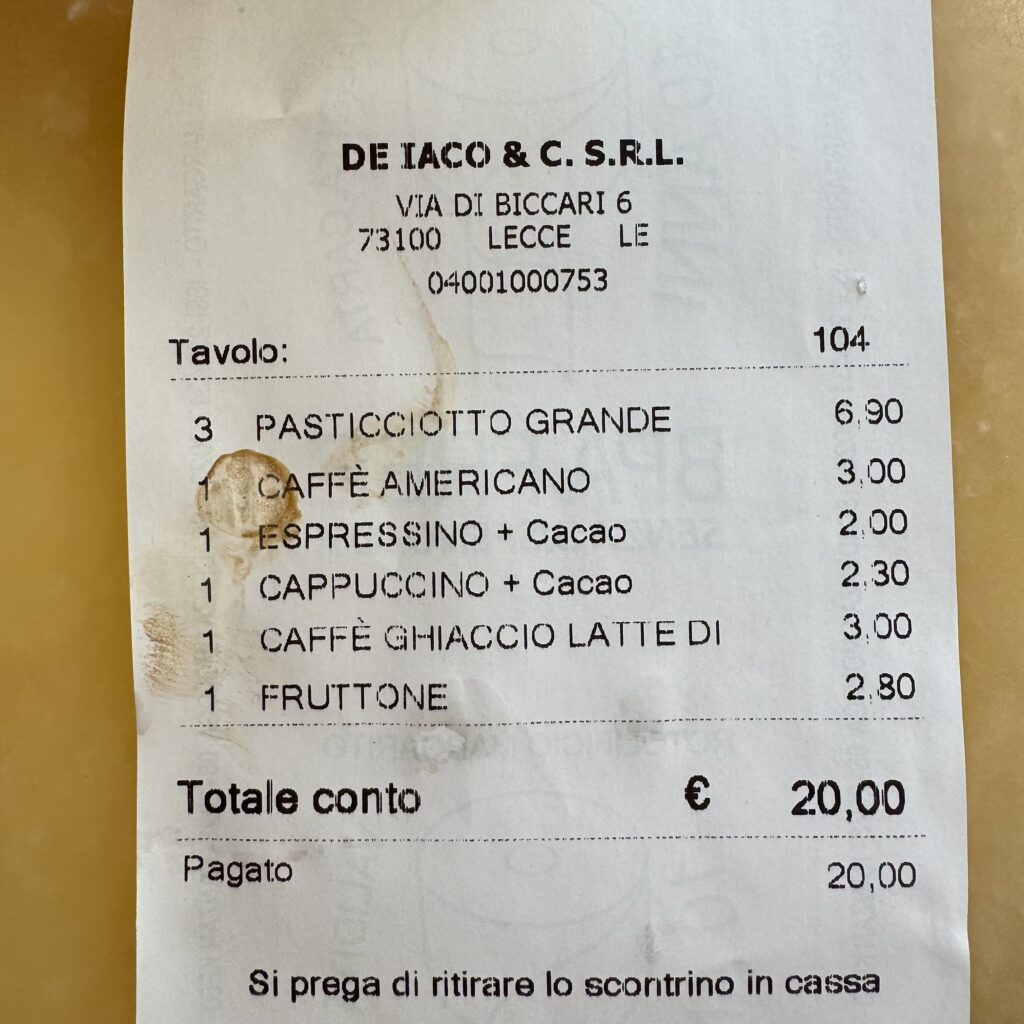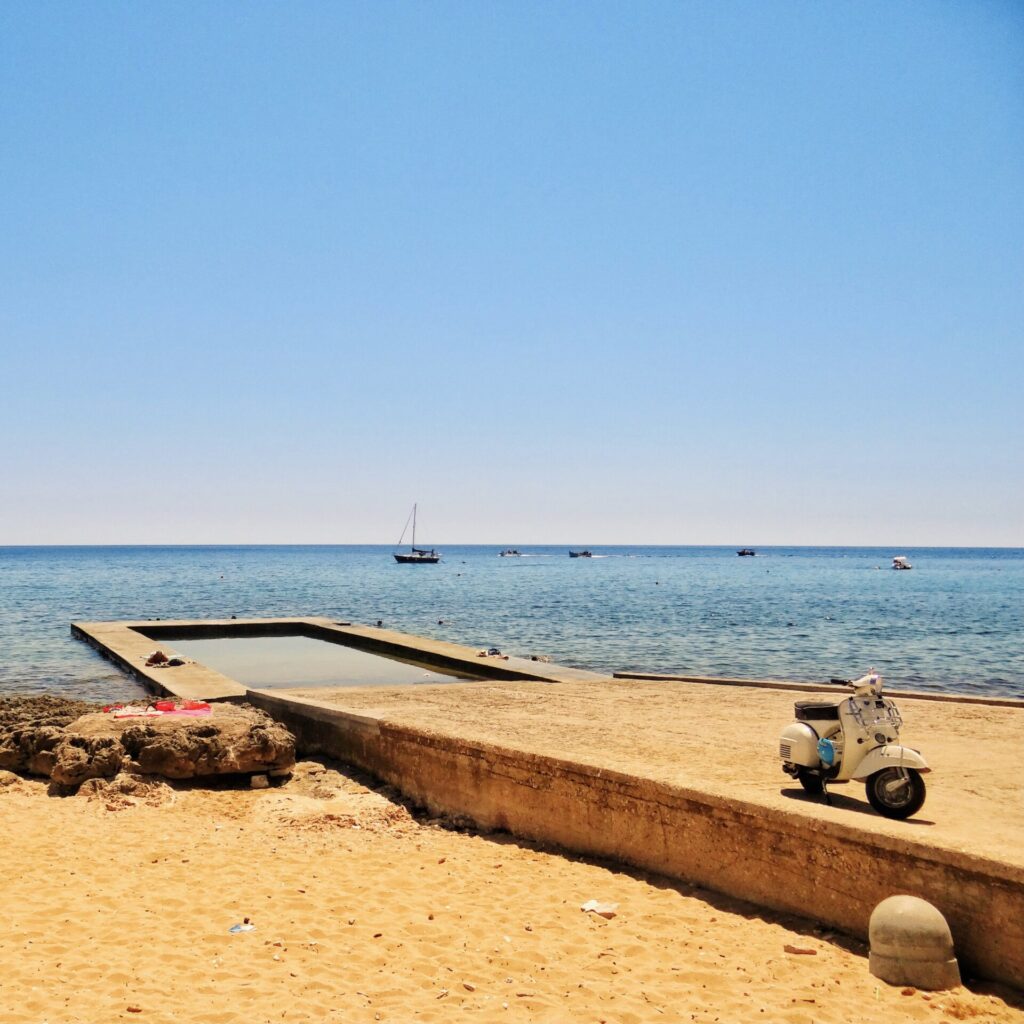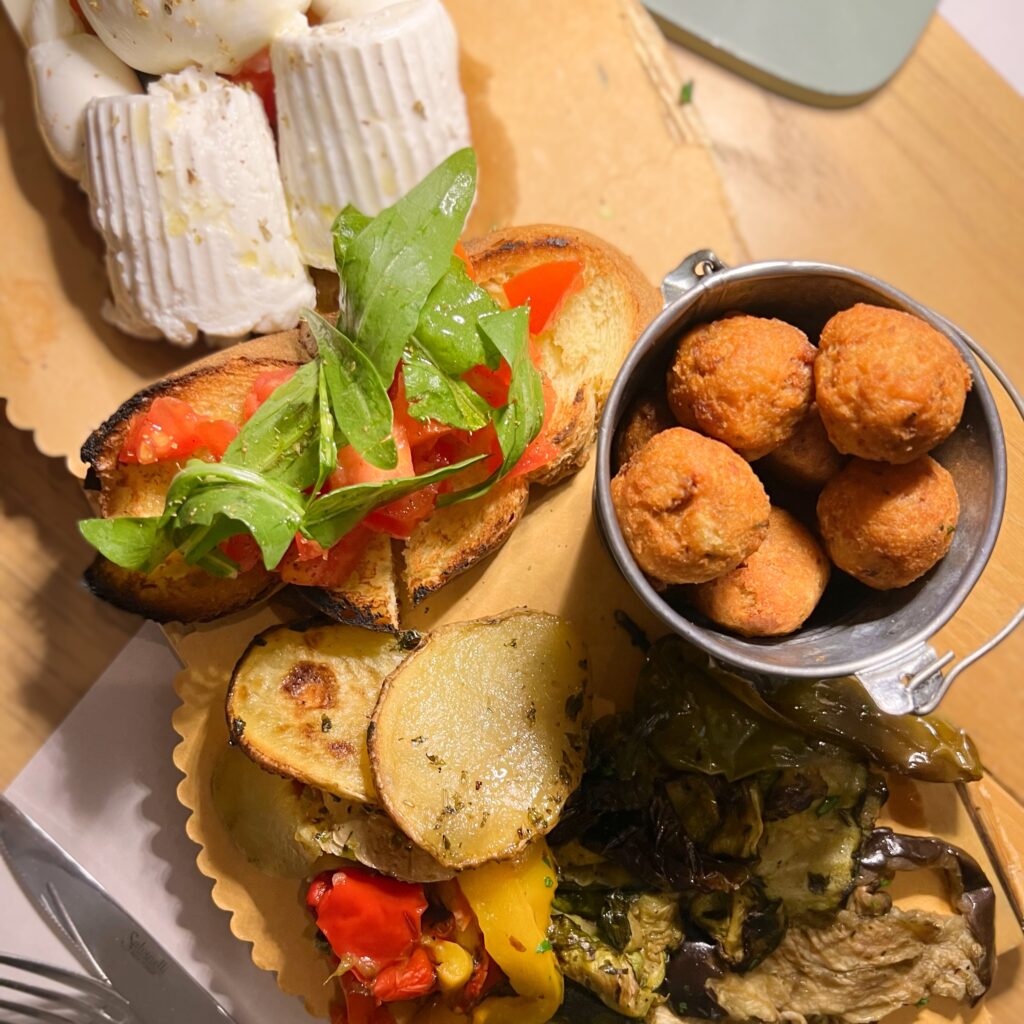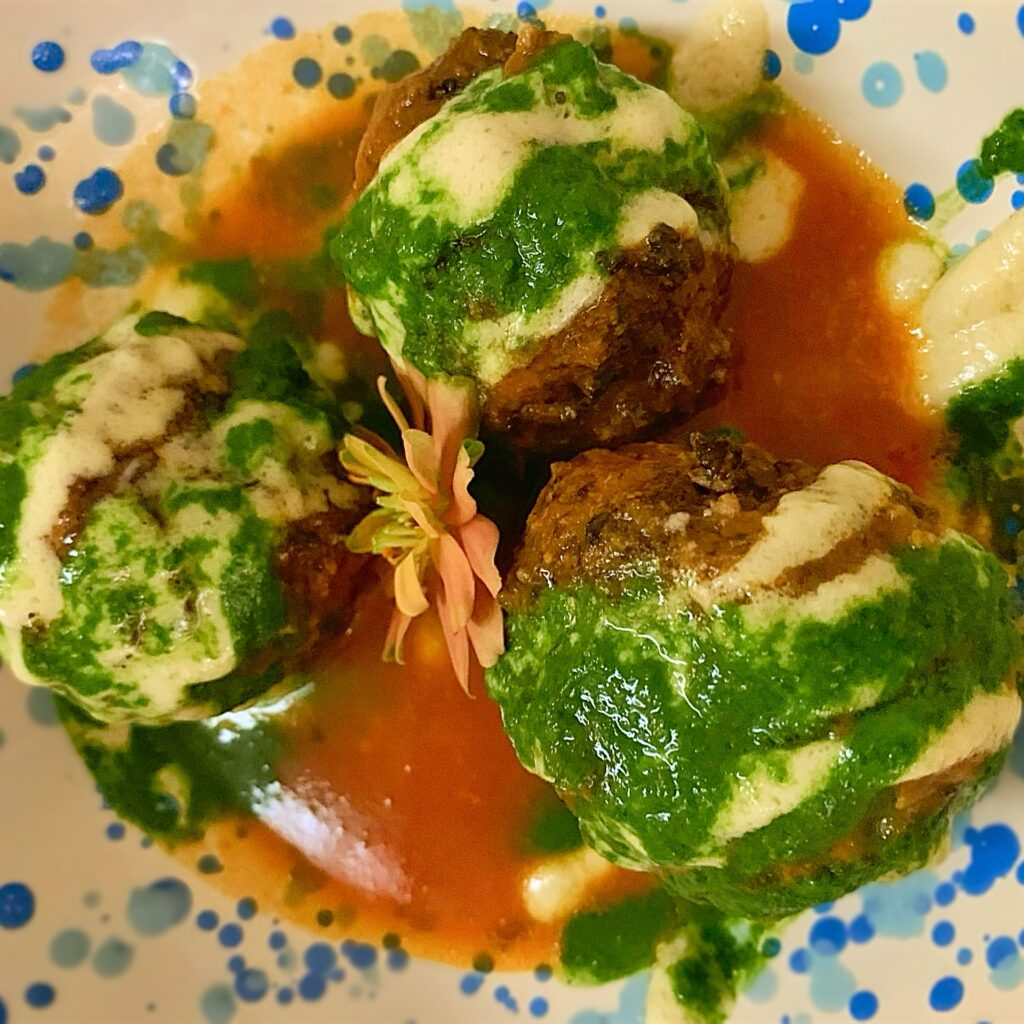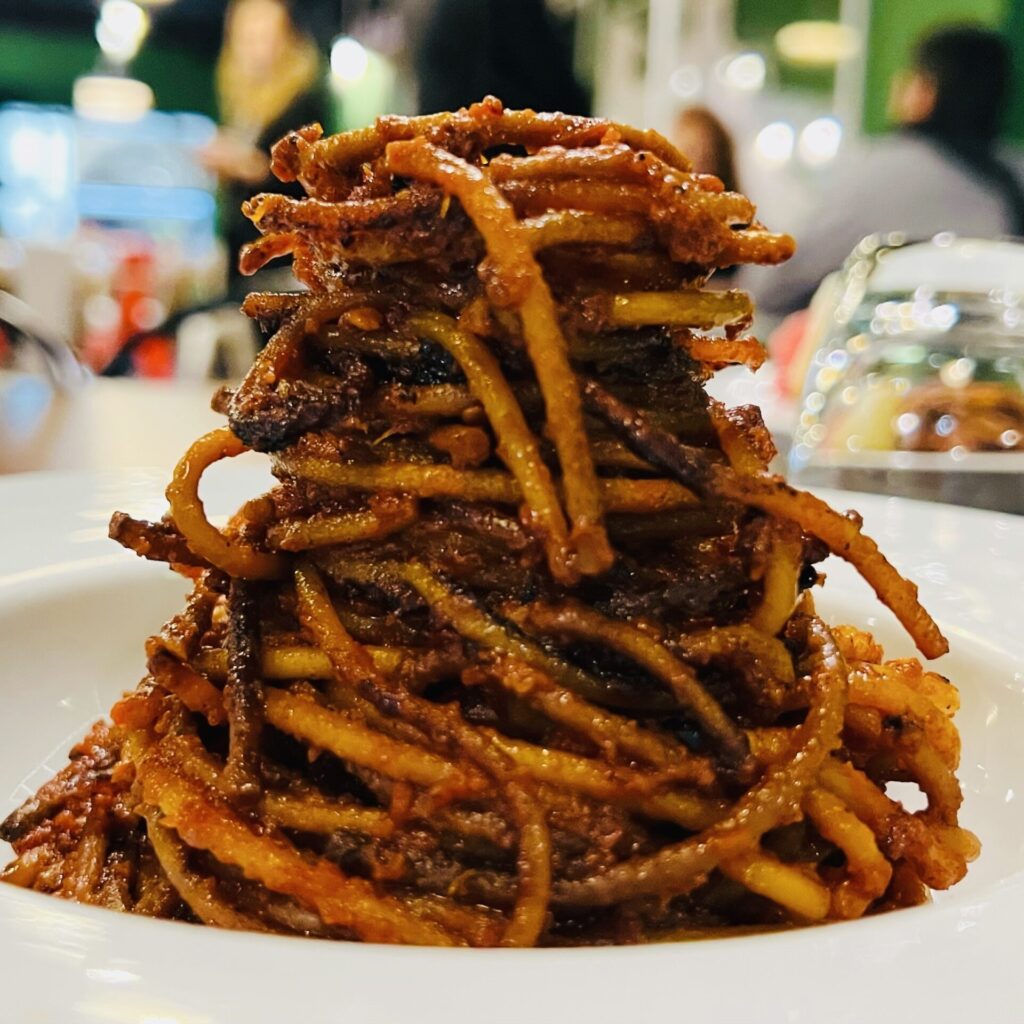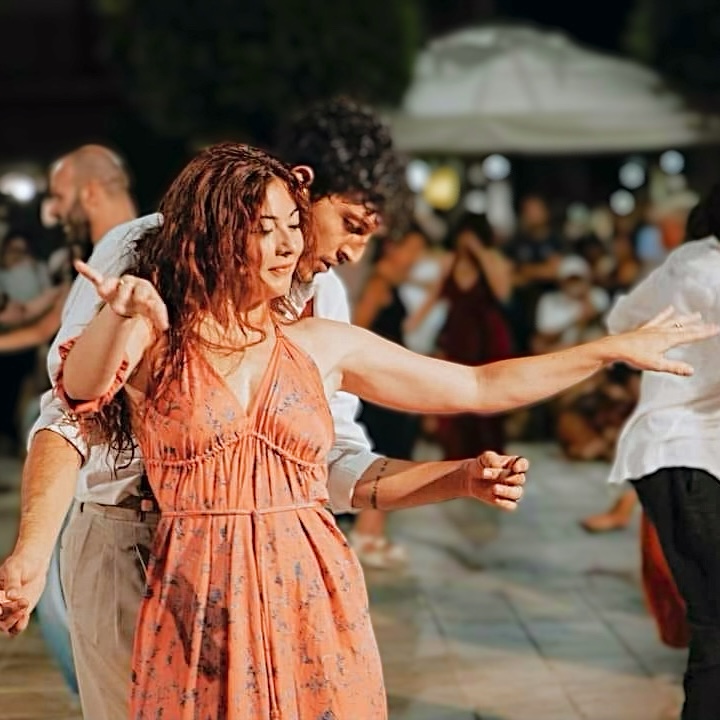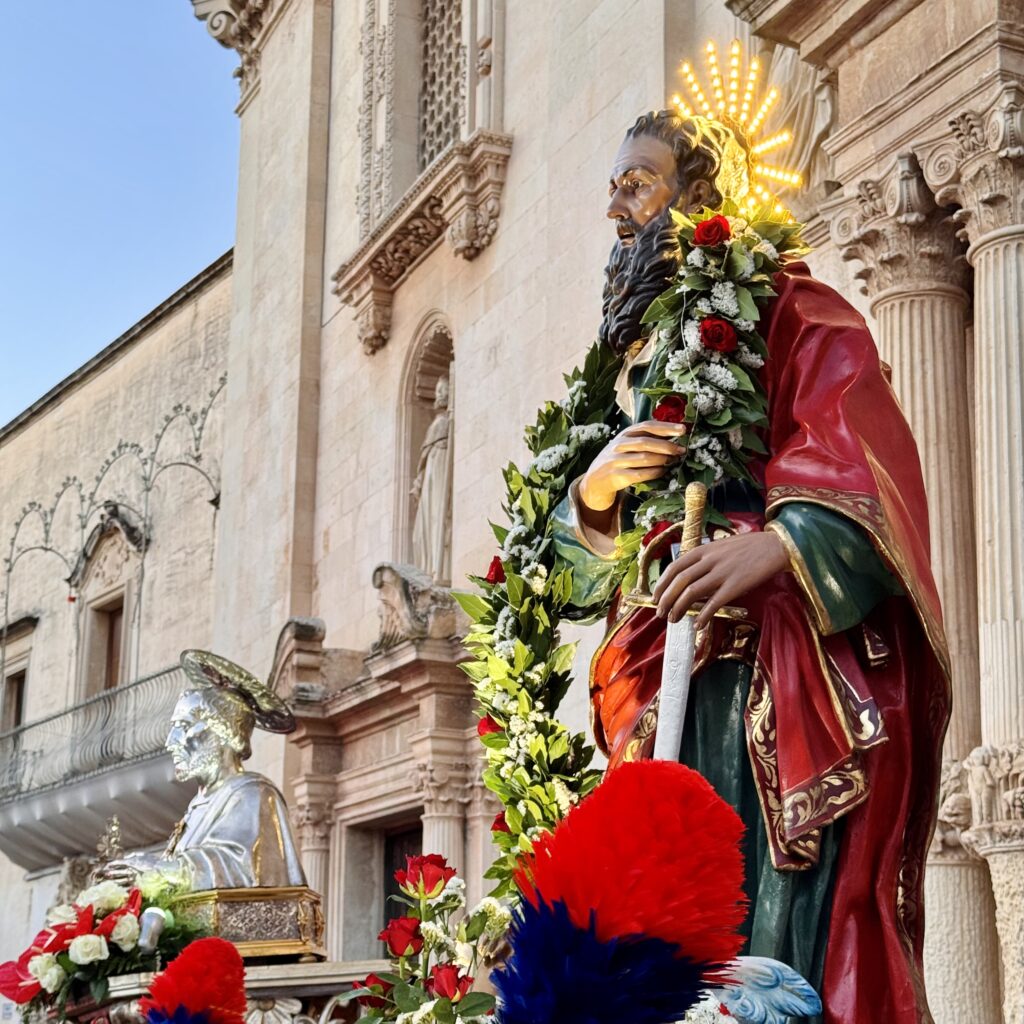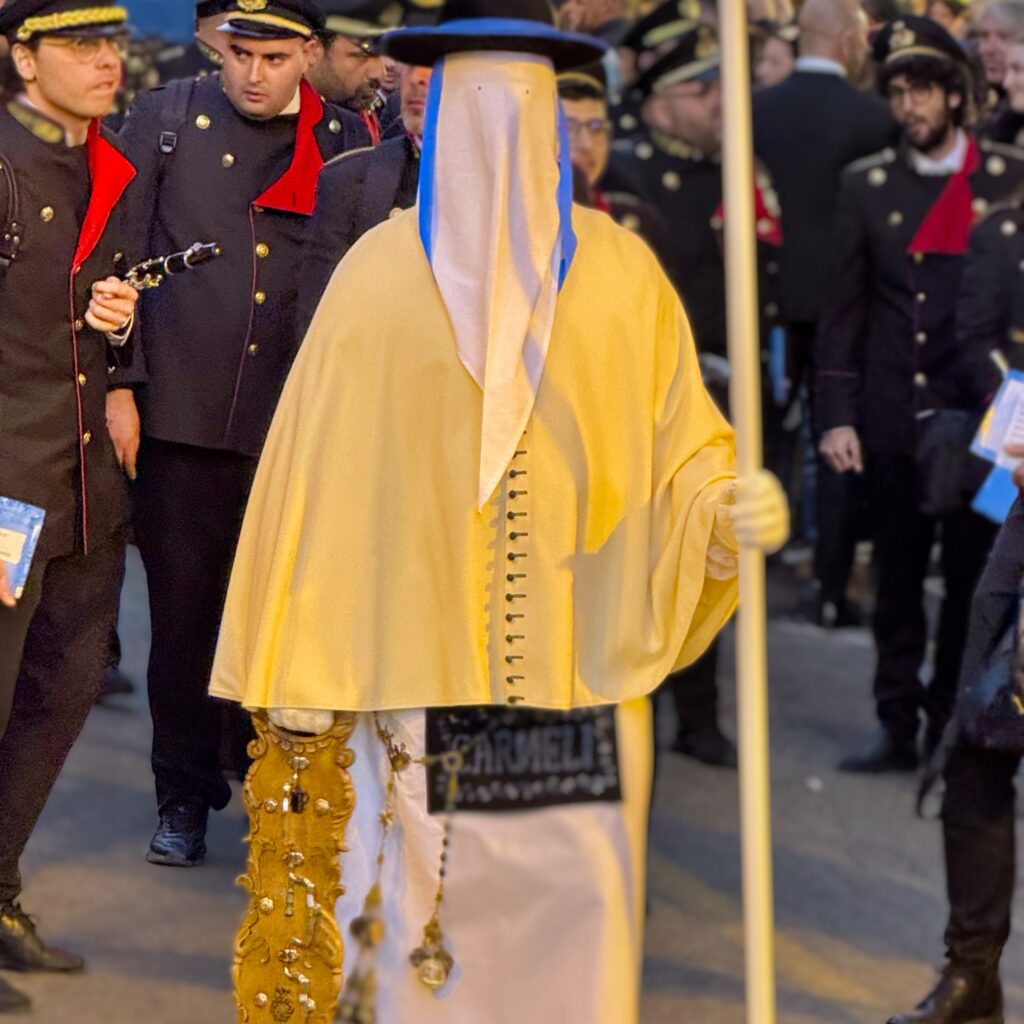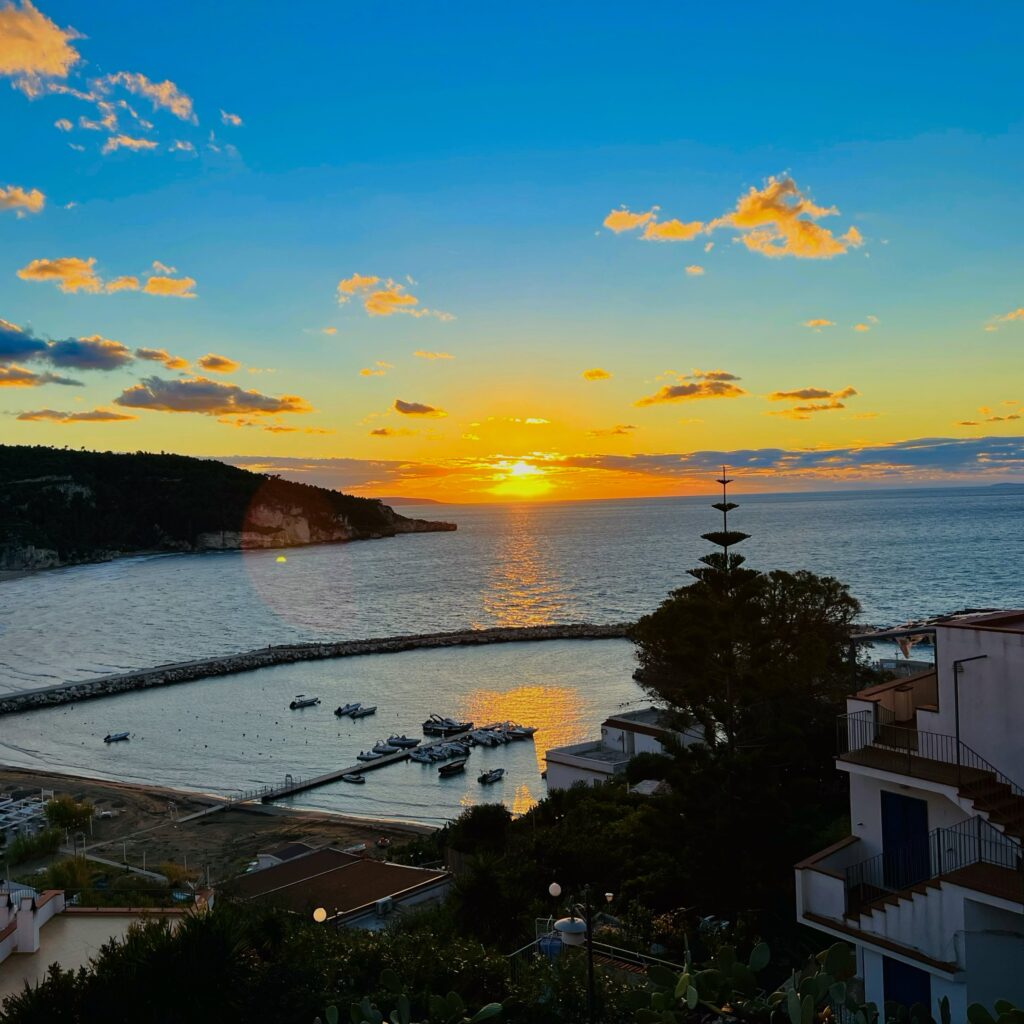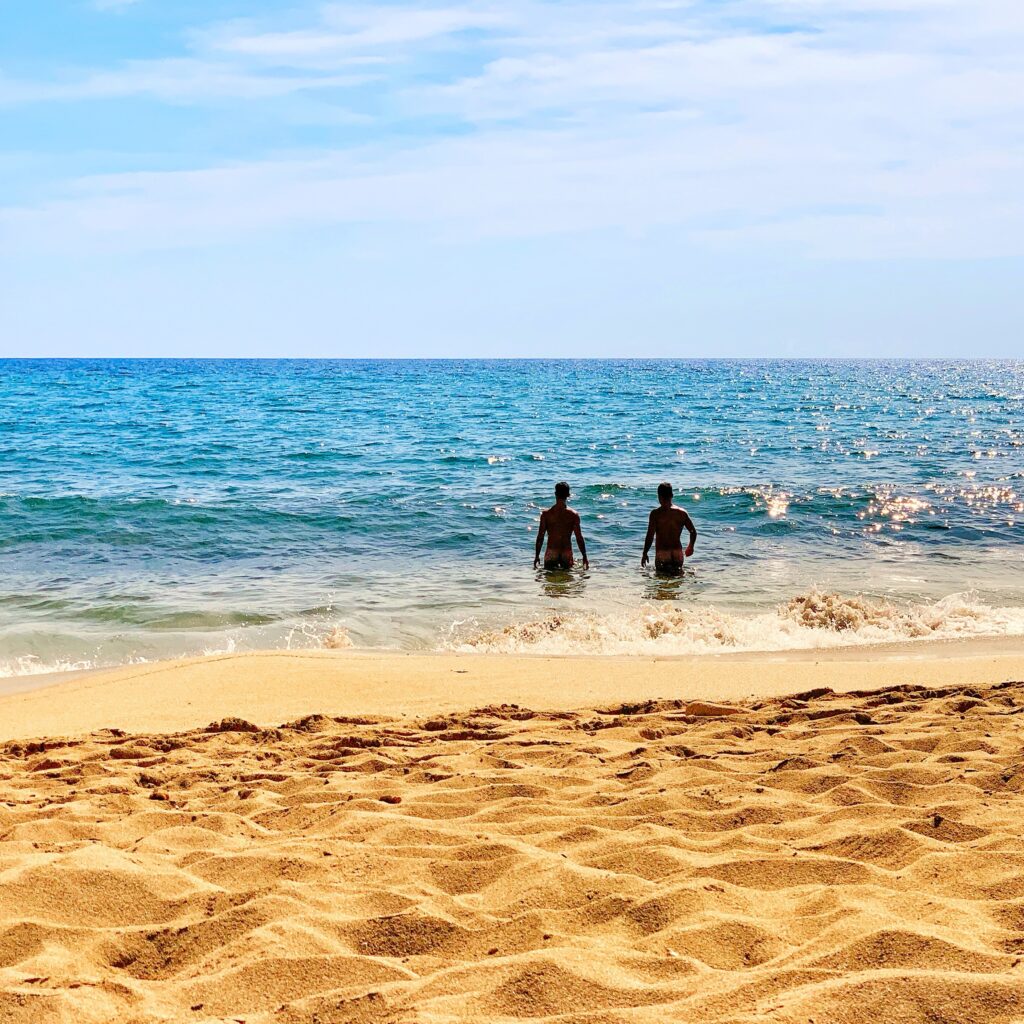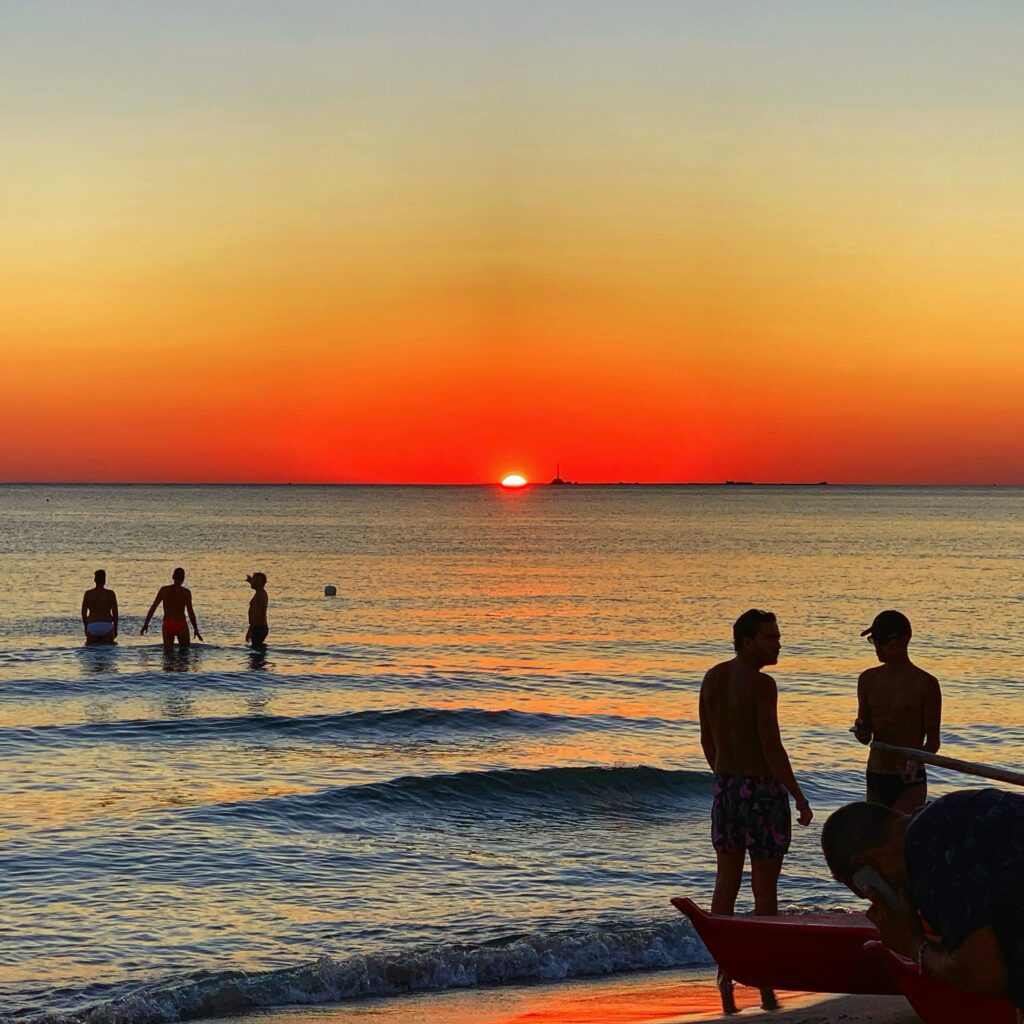The Puglia Guide | Real Puglia. Real Reviews. By Locals Who Live Here.
Ciao! We’re Gianmarco and Luigi, and with a little help from our friends, we’re The Puglia Guys. We live in Puglia year-round and explore it like any visitor would – reviewing anonymously and at our own expense. We don’t accept payment, discounts, or freebies in exchange for recommendations in our Puglia Guide. Every meal, overnight stay, and experience we review is based on first-hand, independent experience (and paid for from our own pockets).
Planning a trip to Puglia can be overwhelming. Where should you go? When’s the best time to visit? How do you get around? Our practical guides answer these questions and more – written by people who live here, not AI, not influencers on paid trips, and not tourists passing on well-meant but sometimes unreliable tips.
We’re not here to tell you what to do – we’re here to help you travel smarter. We’ll show you the must-see sights, of course, but we’ll also take you beyond them – to quiet towns, family-run trattorias, and soulful places that most Instagram itineraries miss.
We don’t sell tours, products, or services. We’re not a travel agency. We’re Puglia ambassadors, and we take that role seriously. All of our guides are free to access, self-guided, and written to help you explore at your own pace. We believe the best travel happens when you have the freedom to follow your own path, pause where you want, and stay longer when a place speaks to you.
That said, we know not everyone wants to go it alone. Some travellers prefer the security and structure of a guided experience. That’s why we also recommend a small number of trusted local guides and experiences we’ve personally tried and believe in – professionals who share our values and offer something genuinely special.
From pizzica dancing to wine tastings, cooking classes to road trips, our guides cover the experiences that make Puglia unforgettable. And everything we recommend – from where to eat to where to stay – comes with full transparency, local knowledge, and no hidden agendas.
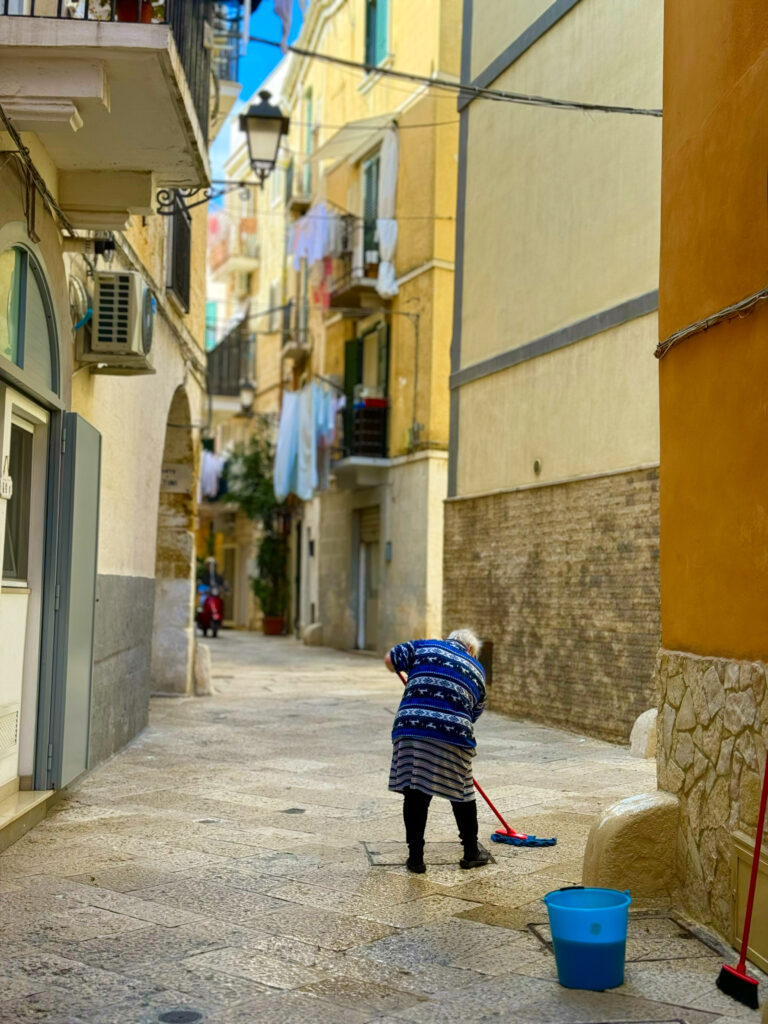
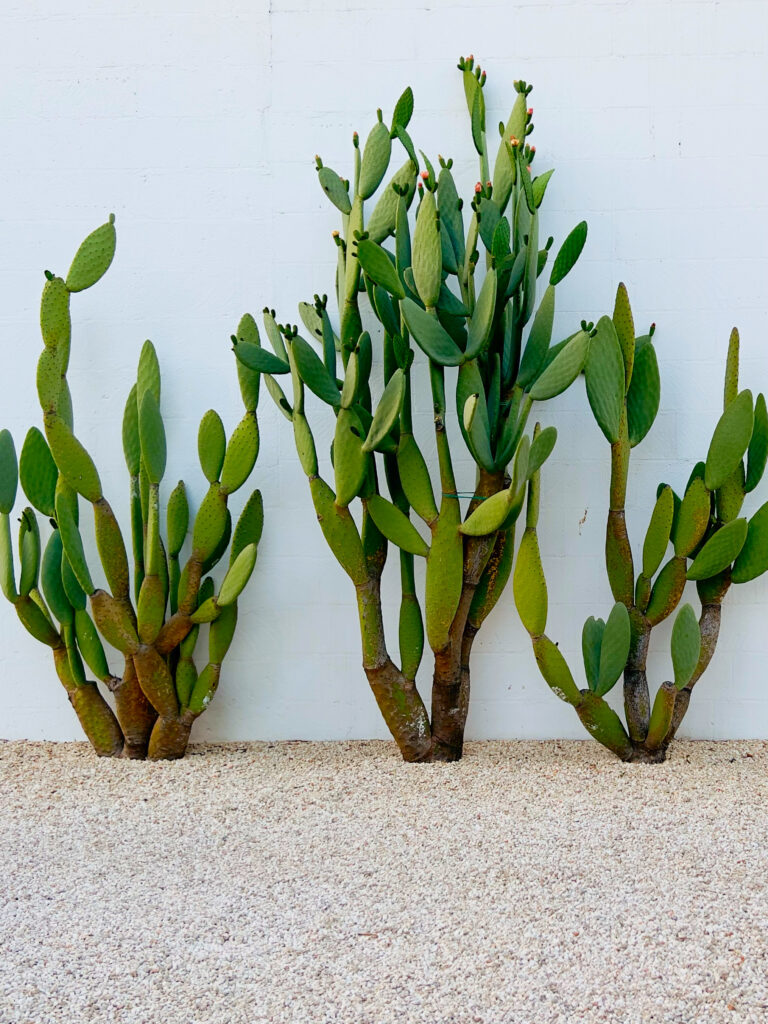
Our Puglia Guide will help you
- find the best base for your vacation in Puglia
- plan the perfect Puglia itinerary
- eat like a local in some of Puglia’s best and most authentic restaurants
- find the best beaches in Puglia
- navigate Puglia using public transport more easily
Follow us on Instagram for reels, stories, and daily inspiration. Listen to our Puglia Podcast. Use our Puglia Guide to plan your trip with confidence.
Puglia Fact File
Location:
The seventh largest region in Italy, forming the “heel of Italy’s boot,” stretching over 400 km from north to south.
Coastline:
870 km of Adriatic and Ionian coastline – the longest of any mainland Italian region.
Sunshine & climate:
Over 300 days of sunshine a year; summers are hot and dry, winters mild (but wet).
Olive trees & oil:
More than 60 million olive trees, some over 1,000 years old – Puglia produces about 40% of Italy’s olive oil.
Wine:
Home to Primitivo, Negroamaro, and Nero di Troia – Puglia is Italy’s second largest wine-producing region.
Architecture & history:
From Roman amphitheatres and Baroque masterpieces in Lecce to Byzantine mosaics in Otranto, and Swabian castles built by Frederick II.
UNESCO World Heritage Sites:
Alberobello’s trulli, Castel del Monte, Monte Sant’Angelo’s Sanctuary of San Michele, the beech forests of the Gargano, and Castel Fiorentino in Torremaggiore.
National & regional parks:
Two national parks (Gargano and Alta Murgia) and numerous marine reserves, perfect for hiking, wildlife spotting and coastal walks.
Easternmost point of Italy:
Punta Palascia lighthouse near Otranto – the first place in Italy to see the sunrise.
Traditional foods:
Orecchiette pasta with cime di rapa, burrata from Andria, Gallipoli’s red prawns, Taranto mussels, Altamura bread (the first in Europe to have PDO status). Spaghetti all’assassina from Bari is almost unique to Puglia.
Festivals & traditions:
The Notte della Taranta (Italy’s biggest outdoor music festival), patron saint celebrations in every town, and summer sagre (food festivals) celebrating local produce.
Long loved by Italians and Europeans for its beaches, food, and unhurried rhythms, Puglia is far from being a secret. Over 20 million people visited in 2024. In August alone, more than 800,000 Italians holiday here, making Puglia the country’s top staycation choice.
The draw? Sunshine, sea, and above all, food. Puglia is Italy’s second most-visited culinary region, renowned for its cucina povera traditions and use of seasonal ingredients.
We’re not as crowded as the Amalfi Coast. Towns like Lecce, Ostuni and Polignano a Mare are busy in summer, though quieter moments are easy to find in inland villages, especially in late spring and early autumn. Apart from Alberobello, most of the region still moves at its own authentic pace – a working, living, beautifully imperfect place.
Plan Your Perfect Puglia Trip
Whether you’re planning your first visit or returning for more, we help you skip the overwhelm. Where to base yourself, how to get around, what to expect – it’s all here.
The Puglia Guide | City and Destination Guides
Explore Puglia, town by town. We live in Puglia all year round. See Puglia as we do. Our region is much more than its top 5 Instagram spots. We show you Puglia’s must see destinations and share our favourite towns, beaches, and villages – many overlooked on Instagram itineraries. The places we go back to again and again.
The Puglia Guide | Beyond Puglia
The Puglia Guide | Additional Puglia Travel Resources
We live in Puglia full-time and offer practical tips, cultural insight, and personal recommendations based on what we actually do. From olive oil to wine tastings, cooking classes to cycling trips, our guides cover the experiences that make Puglia unforgettable. And everything we recommend is based on our own experiences, with local knowledge, and no hidden agendas (there’s no kick-back or commission for us).
The Puglia Guide | A Food Lover’s Paradise
Puglia is often called the breadbasket of Italy – and for good reason. We’re the country’s top producer of durum wheat and olive oil, and Italy’s 2nd top regional wine producer. The region’s rich red earth and Mediterranean climate make it a powerhouse of agriculture – but also the perfect setting for cucina povera.
Puglia – situated in the heel of Italy […] arguably the best food in Italy.
Carmen Roberts, BBC TV Travel Show presenter
Puglia’s food isn’t about extravagance. It’s simple, seasonal, and deeply satisfying. Few ingredients, little waste, big flavour. This isn’t a trend – it’s tradition. And it’s what makes our cuisine one of the most loved in Italy. Puglia is now considered the second most-visited foodie destination in the country.
We gave the world burrata. Our signature pastas – like orecchiette con cime di rapa or spaghetti all’assassina – are as comforting as they are flavourful. From polpette and fave e cicoria to fresh cozze tarantine (mussels from Taranto’s Mare Piccolo), there’s no shortage of dishes to fall in love with.
You don’t need to spend a fortune to eat well here. Some of our best meals come from simple trattorias and osterie, where the menus are short, the ingredients fresh, and the prices fair. In Puglia good food is a birthright. That’s why bad food is not tolerated.
We review anonymously, and pay our own way. Our opinions are not influenced by free meals.
Here’s where we send our friends.
The Puglia Guide to Festivals and Local Culture
Faith, Fire, Food and Folklore. To experience Puglia through its festivals is to glimpse the soul of the region – a place where faith, fire, food, and folklore come together in unforgettable ways.
These events are not staged for tourists. They are the authentic expression of community identity. Immerse yourselves in local life, taste dishes born of the land and sea, and witness traditions that pulse with colour, rhythm, and meaning.
From food-filled sagre celebrating grilled octopus, handmade cheeses, and local wines, to solemn processions honouring patron saints and the Madonna, and the hypnotic rhythms of pizzica festivals that light up Salento nights, Puglia’s celebrations are as diverse as its landscapes.
To join a festival in Puglia is to taste, witness, and truly belong.
The Puglia Podcast Puglia Guide
Our Puglia Guide by podcast. Detailed city and cultural guides. Plus stories from the road, rants about car hire chaos, and interviews with locals – this is our podcast, unfiltered and unsponsored.
On the podcast, we talk about the real Puglia – the good, the bad, and the occasionally ridiculous. From rants about driving in August and shopping chaos during Ferragosto, to interviews with local winemakers, chefs, and fellow travellers, our episodes mix practical tips with personal stories and behind-the-scenes insight into life in southern Italy.
It’s where we share what doesn’t always make it into the guides – the candid moments, the cultural quirks, and everything we love (and sometimes not) about living here year-round.
Available on Apple Podcasts, Spotify or wherever you get your podcasts from.
Why Visit Puglia?
Italians love Puglia. While American Italophiles still flock to the art and grandeur of Rome, Florence, Venice, Milan and, more recently, Naples and Sicily, Puglia has long been the summer escape of choice for Italians. Nicknamed la terra tra due mari – the land between two seas – Puglia lies between the Adriatic and Ionian coasts and boasts the longest mainland coastline in Italy.
From the dramatic limestone cliffs of the Gargano promontory in the north to the sun-drenched beaches of the Salento in the south, Puglia’s 800km of coastline is lined with fishing villages, hidden coves, and some of Italy’s most beautiful beaches. Punta della Suina near Gallipoli frequently tops Italian beach rankings and is considered one of Europe’s finest.
Our Puglia Guide to Puglia’s spectacular beaches.
But it’s not just about the sea. Puglia is one of Italy’s most diverse regions. The golden wheat fields of the Tavoliere fade into olive groves in the Valle d’Itria, vineyards near Manduria, and dry stone walls flanked by cactus in the Salento. Along the way, you’ll discover trulli – the cone-roofed dwellings unique to this region – and masserie, once fortified farmhouses, now beautifully restored into boutique retreats.
You’ll visit città bianche – whitewashed hilltop towns where winding alleys wrap around Baroque cathedrals. Their appearance may feel familiar; this region was once part of Magna Graecia, and Greek influence runs deep. In Taranto, you’ll find the remains of a Spartan temple. Many towns still bear their ancient Greek names, and traces of the language linger in the local dialects.
Puglia also played a key role in Roman history. The Via Appia, Rome’s great southern road, ends here in Brindisi — once one of the Mediterranean’s most important ports. From here, Crusaders departed for the Holy Land.
For a Slower Pace of Life
Puglia moves to its own rhythm. We embrace la pausa – the southern Italian siesta – all year round. In the height of summer, it’s not a luxury, it’s a necessity. Shops close from around 1pm to 5pm, lunch is long and leisurely, and the streets empty until the evening breeze returns.
But come sunset, the towns reawaken. Locals gather for an aperitivo – often a Spritz, no matter the hour – before sitting down to dinner, rarely before 9 or 9.30pm. After that comes the passeggiata, a cherished ritual where families stroll through town, dressed up to see and be seen. On warm summer nights, it can stretch late into the evening.
This slower pace isn’t just part of life in Puglia – it is life in Puglia. It’s reflected in everything from our bureaucracy to our dining culture, and it’s a big part of what draws visitors here.
Where to Go in Puglia
Whether you’re here for the beaches, the food, the slow pace, or all three, our local guides will help you make the most of your time.
We’ve created honest, experience-based guides to Puglia’s best destinations – including where to eat, what to see, and where to stay. Every recommendation is based on our own visits. We pay for every meal, drink, and overnight stay ourselves – and we never accept payment or freebies in exchange for a review.
We believe in honest travel. Use our guides to shape a trip that’s truly yours.
About The Puglia Guys
We’re Puglia ambassadors – raised on sun, sea, and spaghetti all’assassina. Our guides are written from local experience. We live in Puglia full-time and offer practical tips, cultural insight, and personal recommendations based on what we actually do – from pizzica dancing and cooking classes to wine tastings and road trips.
The Puglia Guide | How We Review
We don’t accept payment, discounts, or freebies in exchange for coverage or recommendations. Every meal, stay, and experience featured in our guide is paid for in full and visited anonymously, so we receive the same treatment as any other traveller. Our opinions are based entirely on first-hand experience.
The Puglia Guys is an independent, experience-based travel resource. All recommendations reflect our honest impressions at the time of visit. If a business isn’t featured, it may simply mean we haven’t visited yet – or that it didn’t stand out enough for a recommendation.
The Puglia Guide | Our Editorial Approach
We don’t publish negative reviews as standard. However, in rare cases – such as significant pricing irregularities, food safety concerns, or misleading practices – we may choose to share critical feedback when we feel consumer transparency is important.
Comments on restaurants, accommodations, and other services are expressions of personal opinion, protected by the right to fair comment. We always aim to ensure factual accuracy and publish in good faith.
Business Owner Feedback
If you’re a business owner and believe we’ve made a factual error, please contact us at pugliaguys@gmail.com. We welcome respectful, constructive communication and will review any concerns promptly. However, we reserve the right not to engage with messages that are aggressive, threatening, or intimidating in tone.
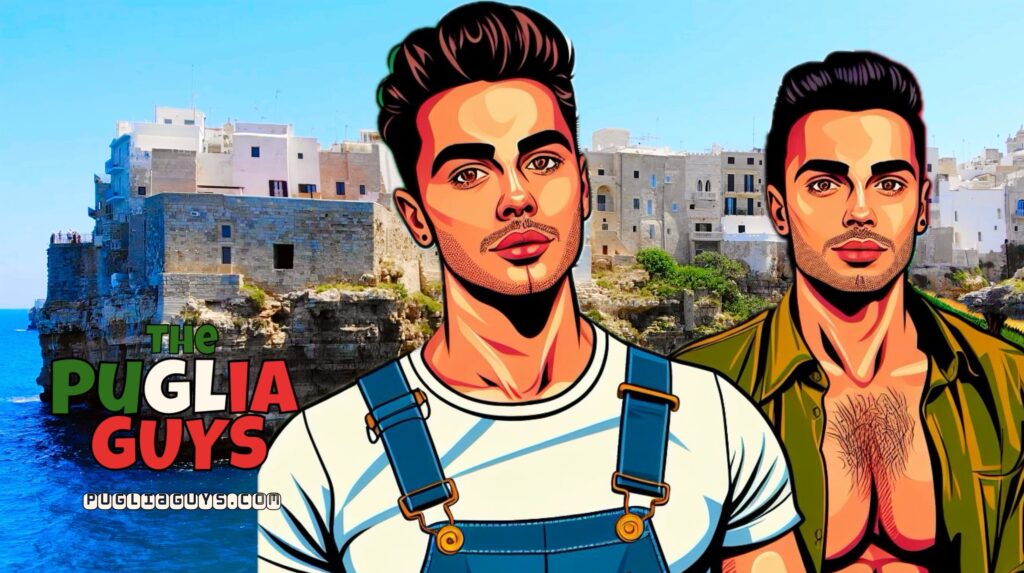
The Puglia Guys local guides to Puglia include city guides listing our most popular destinations. They include listings for the best restaurants and bars, what to see and do and where to stay. The guides are made in Puglia, based on local experience. All accommodation, meals and drinks are paid for. Reviews and recommendations are independent and based on our experiences.
